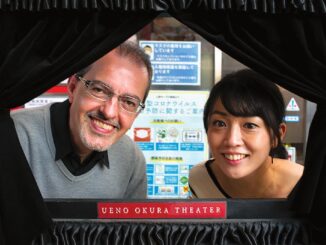
N°151 [FOCUS] Things I’ve learned (My Zoom Japan)
On September 8, 2012, I made my way to central Tokyo to meet video journalist Watai Takeharu. Riding the subway, my boss’s brief kept going […]

On September 8, 2012, I made my way to central Tokyo to meet video journalist Watai Takeharu. Riding the subway, my boss’s brief kept going […]
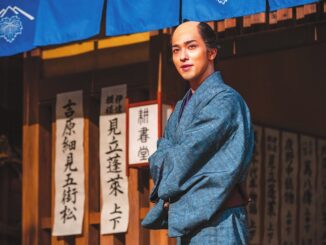
In 2025, NHK chose to dedicate its annual saga to the man who promoted the flourishing of books in the 18th century. Like every year […]

The number of bookstores continues to decline and authorities are slow to implement a policy to help them. Japan faces a bookstore crisis as these […]
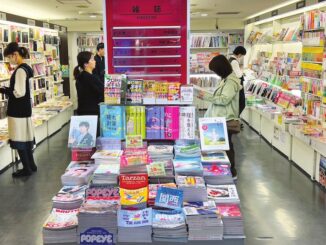
For Kakio Inja, the world’s difficult situation for bookstores can be explained by past bad decisions before anything else. Most people lament the disappearance of […]

For Nhuong, a student from southern Vietnam, the important thing is not to forget her family. Japan’s convenience stores are everywhere and offer a surprisingly […]

The second-largest foreign community in the archipelago after the Chinese, their presence can be explained by many factors. Japan’s ties with Vietnam are quite old, […]
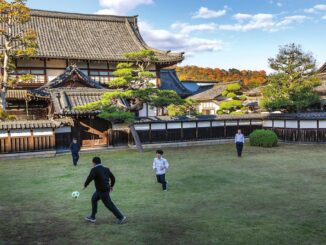
Head of the prefecture for more than 10 years, Mikazuki Taizô is trying to implement a new lefistyle there. Mikazuki Taizo has been the governor […]

For the famous mangaka and director, the view on nature has an almost religious dimension. Miyazaki Hayao’s work is often defined as quintessentially Japanese, particularly […]
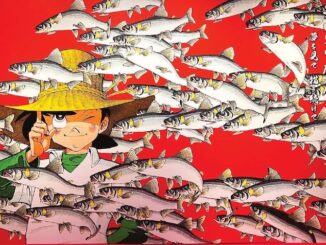
Among the many mangas that focus on nature, those dedicated to fishing hold a special place. In the world of Japanese comics, the ever-busy editors […]

Fifty-five years after the 1970 event, Kansai’s capital is hosting its second World Expo. Universal exhibitions are strange beasts. These events are akin to gargantuan […]
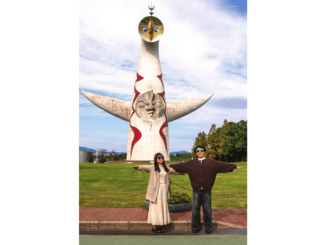
Designed by artist Okamoto Tarô, the monument was supposed to disappear after 1970. It still stands. If the memory of the 1970 exhibition still survives […]
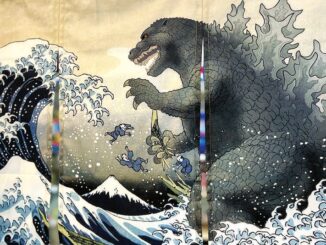
The monster that first appeared on screen in 1954 has become a national and international symbol. In Godzilla, Mothra and King Ghidorah: Giant Monsters All-Out […]
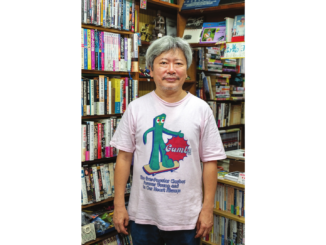
It’s the same old story: everybody knows such iconic pop culture characters as Superman, Batman, Hello Kitty and James Bond, but few people can name […]

A series of circumstances and a unique context contributed to the emergence of the famous Japanese monster. In the 1950s, Japan was a country in […]
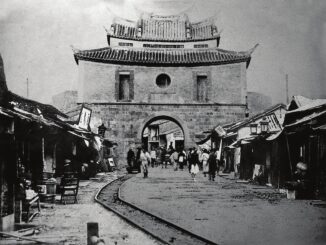
Although the Japanese express their appreciation for Taiwan, they still know very little about their southern neighbor. What are the roots of Japan’s long relationship […]
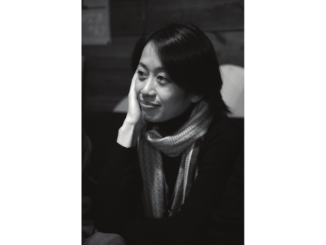
By exploring the island since 2009, Japanese documentarian Sakai Atsuko has learned a great deal about her own country. Throughout the years, Japan and Taiwan […]
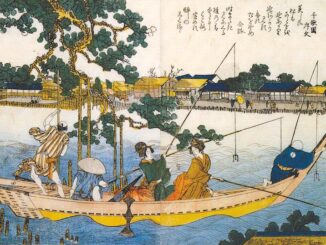
Fishing is a pastime enjoyed by millions of people in the Archipelago. And has been for a very long time. Japan is attracting millions of […]
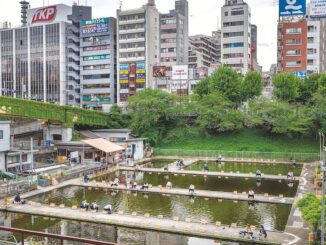
There’s no need to move to the countryside or go out to sea to indulge your passion I’m pretty sure that when people think about […]
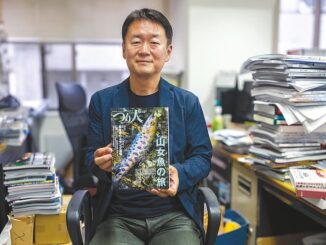
Founded nearly 80 years ago, the monthly magazine remains the standard reference for anglers and maintains its unique approach. To get an idea of fishing’s […]
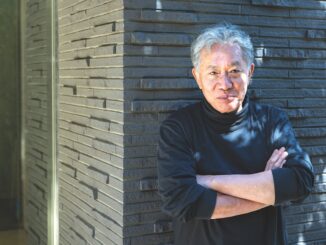
We cannot talk about Japan’s foreign affairs without mentioning Article 9 of the Constitution. Article 9 is a clause in the Constitution of Japan outlawing […]
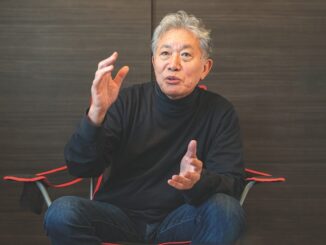
Back to the effects of the Covid pandemic on Japanese society. Other countries see Japan as a peaceful place where harmony is highly valued. However, […]
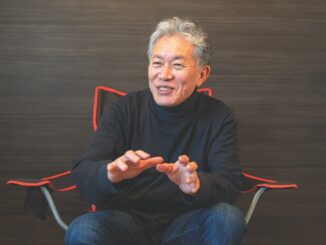
A leading figure in the debate about ideas, the intellectual agreed to paint an uncompromising portrait of Japan. Few people have shaped the social, political […]

With their re-translation from the English, Mariya Marie and Moriyama Megumi have broken new ground. Many people have tried their hand at translating The Tale […]
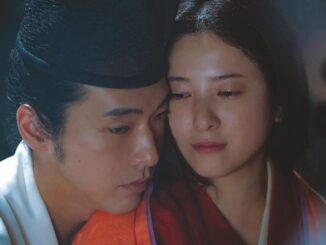
For its Sunday soap opera, this year, NHK has chosen to focus on the author of The Tale of Genji. Hikaru kimi e (Dear Radiance […]
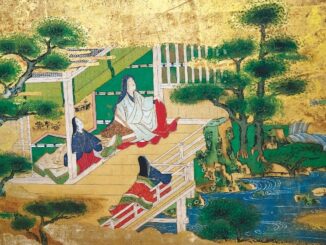
Written by Murasaki Shikibu in the 11th century, the world’s first novel is still the subject of much debate. The Tale of Genji is a […]
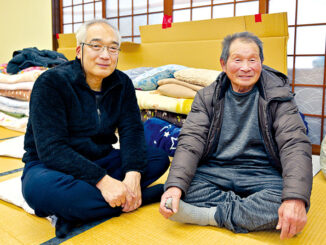
Though housing was apparently less affected, the earthquake has severely damaged agricultural infrastructure. Tome, nestled in the mountains of Oku-Noto, is a succession of narrow […]

Heading north down the mountain towards the Sea of Japan, you reach Wajima and gradually discover the extent of the destruction on the plain. On […]

The memory of the Fukushima accident was rekindled by the earthquake. But the local plant was undamaged. On hearing news of the powerful earthquake on […]
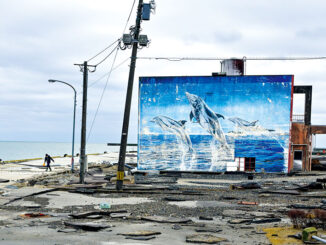
As the people of Suzu and other towns celebrated the New Year, the earth shook, causing chaos. The 7.6 magnitude earthquake that rocked the Noto […]
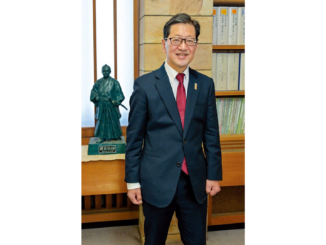
In an exclusive interview with Zoom Japan, Hamada Seiji unveils his strategy to boost the prefecture. As it does every year on the occasion […]

The best-known museum devoted to manga has set the standard since it first opened its doors in 2006. One of the biggest and most important […]
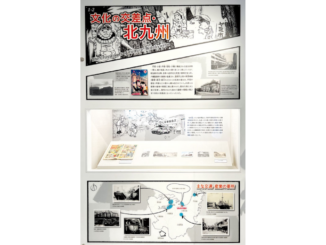
Founded with the support of Matsumoto Leiji, the Kitakyushu Manga Museum takes a regional approach Though Tokyo and Osaka are usually seen as the main […]
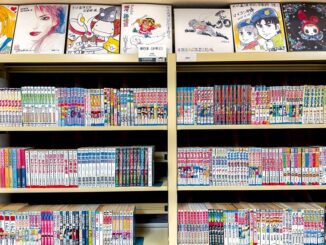
Over the past two decades, dozens of museums dedicated to manga have opened their doors. Manga’s and anime’s presence in Japanese culture is so prevalent […]
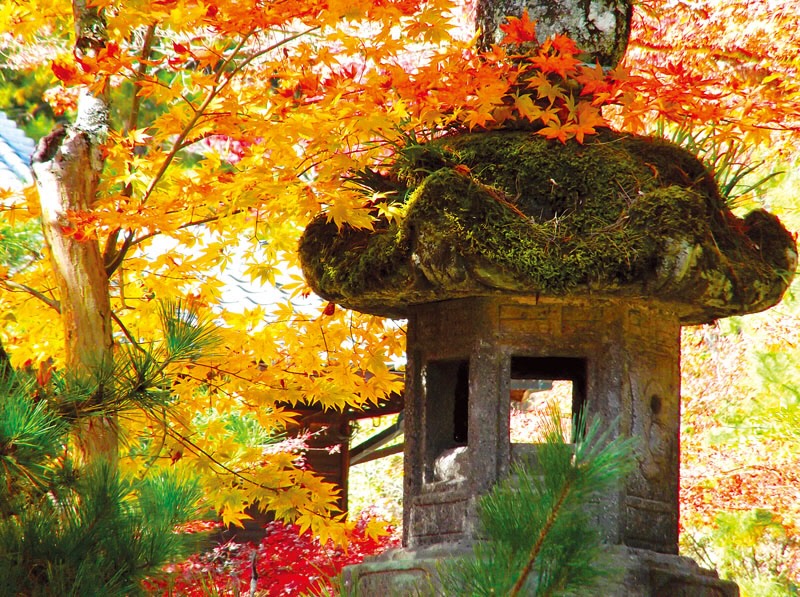
In recent decades, the West has been seduced by this school of thought without always grasping its significance. Interest in all things Zen has reached […]
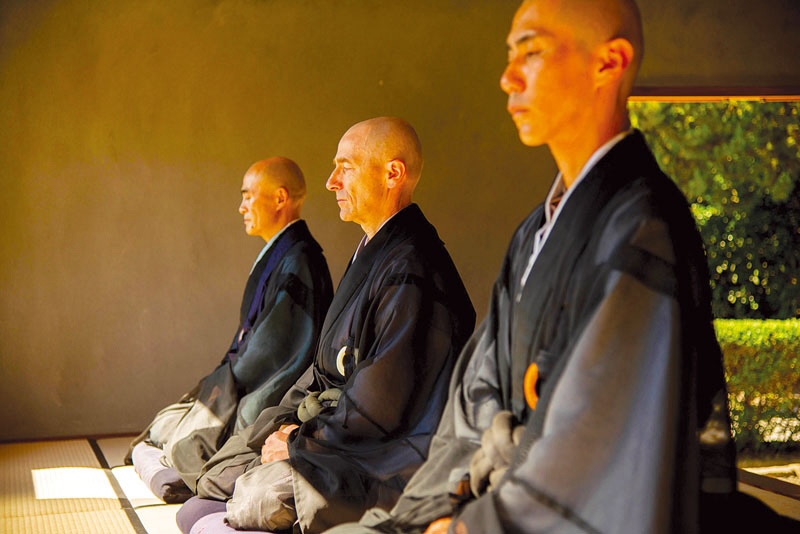
Zazen is one of the essential elements of Zen practice. Here are its main features. When was the last time you disconnected from all your […]
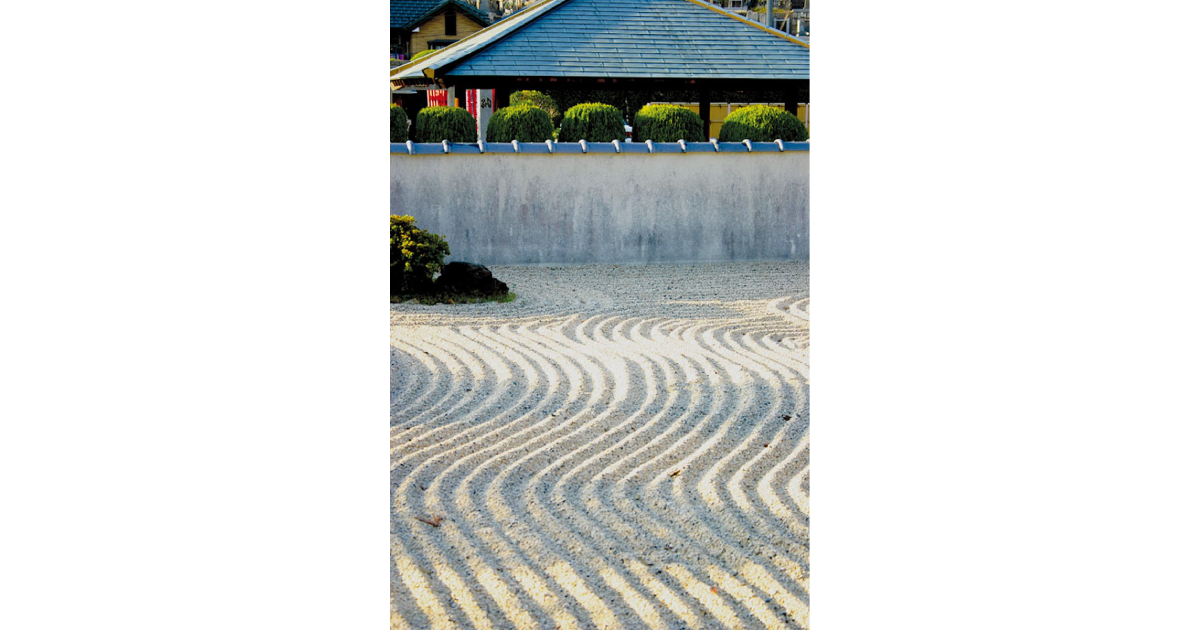
A cornerstone of Zen aesthetics, dry gardens hold many mysteries, but are a source of well-being. “To comprehend the beauty of a Japanese garden, it […]
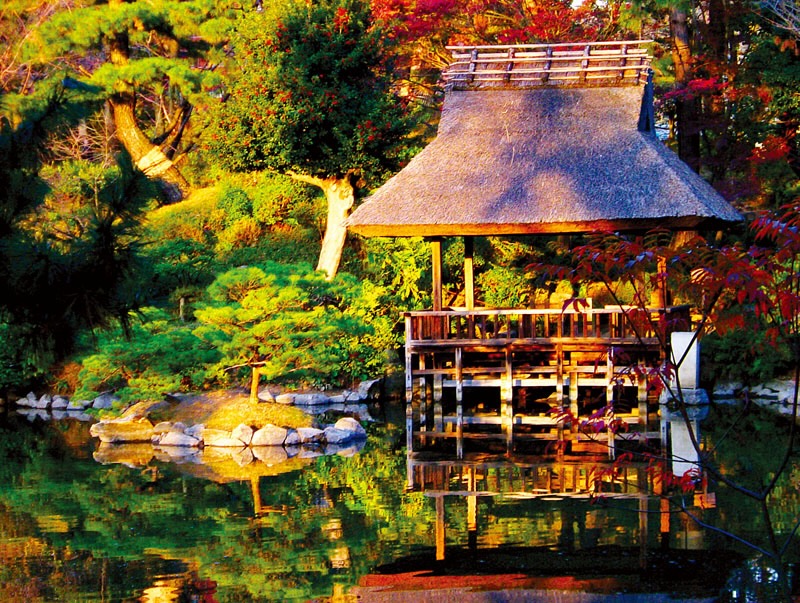
Zen is still a well-established practice in Japan today, which is found in all aspects of everyday life. Next time you’re in a Shinkansen station, […]

By their nature, humans are omnivorous animals, and the Japanese are by no means an exception. Today’s Japanese diet ranges from meat to fish, vegetables […]

The first big sporting event of the year, the team relay marathon between Tokyo and Hakone is hugely popular. During the New Year’s festivities, a […]
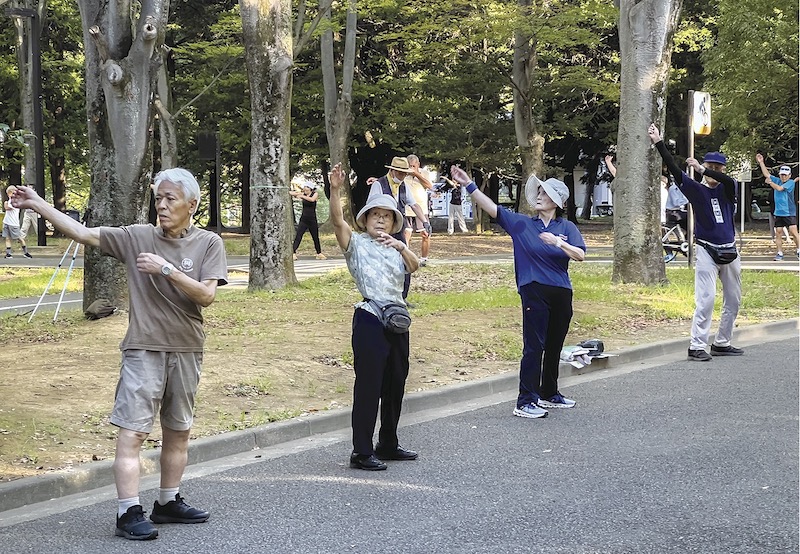
A daily appointment with rajio taiso, a radio programme that encourages millions of listeners to get moving. It’s 6.30 a.m. on a muggy summer’s day. […]
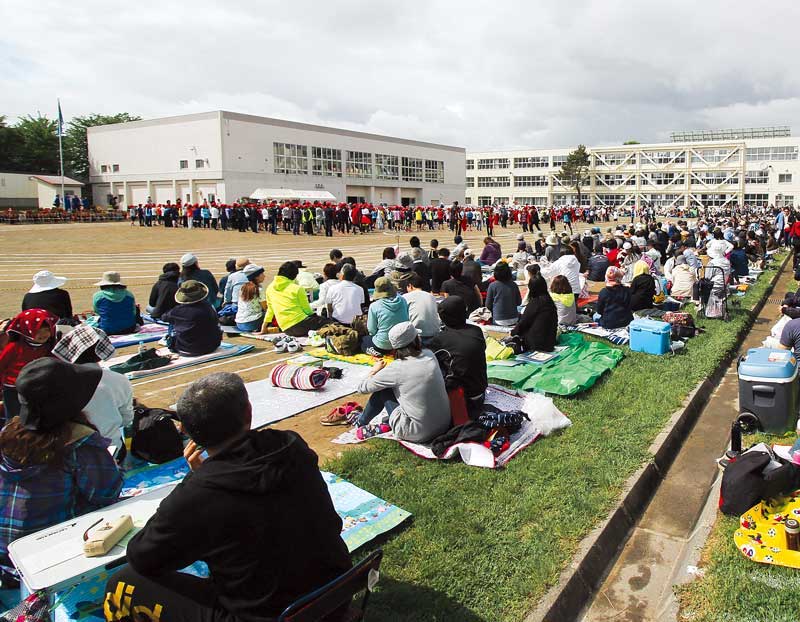
In Japan, Sport Day is an institution no Japanese person can avoid. An elementary school stood above the dunes. I went around to the back […]
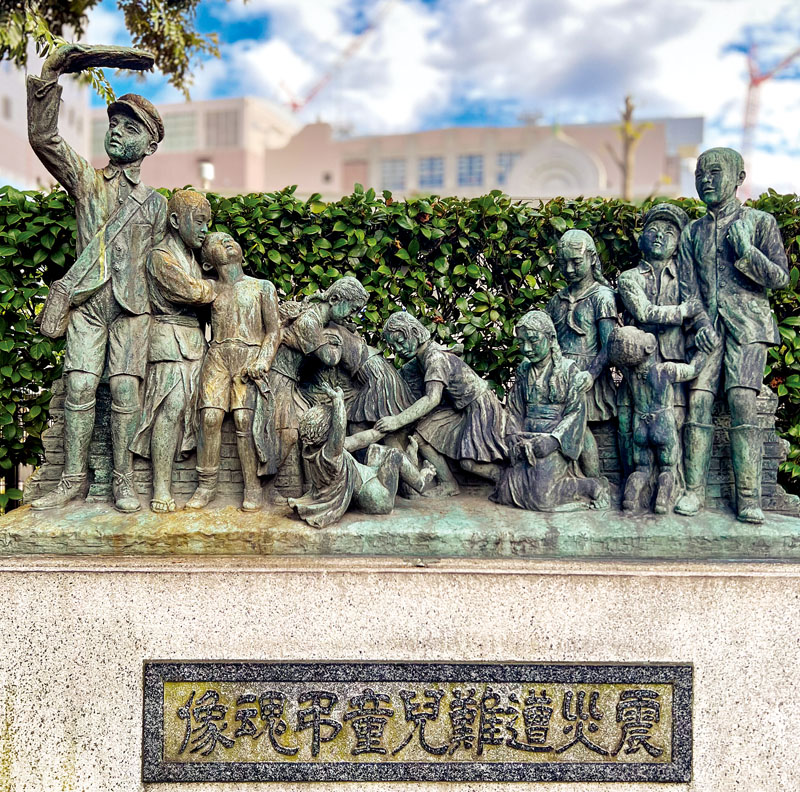
Amid the great loss of property and human life caused by the Great Kanto Earthquake, a particularly grisly and shameful detail that should not be […]

On 1 September 1923, at 11:58 a.m., a 7.9 magnitude earthquake shook the Kanto region encompassing Tokyo and its surrounding prefectures including Kanagawa, Saitama and […]

The Great Kanto Earthquake has generated a vast literature even in Western languages. One of the more interesting products of all the resulting research is […]
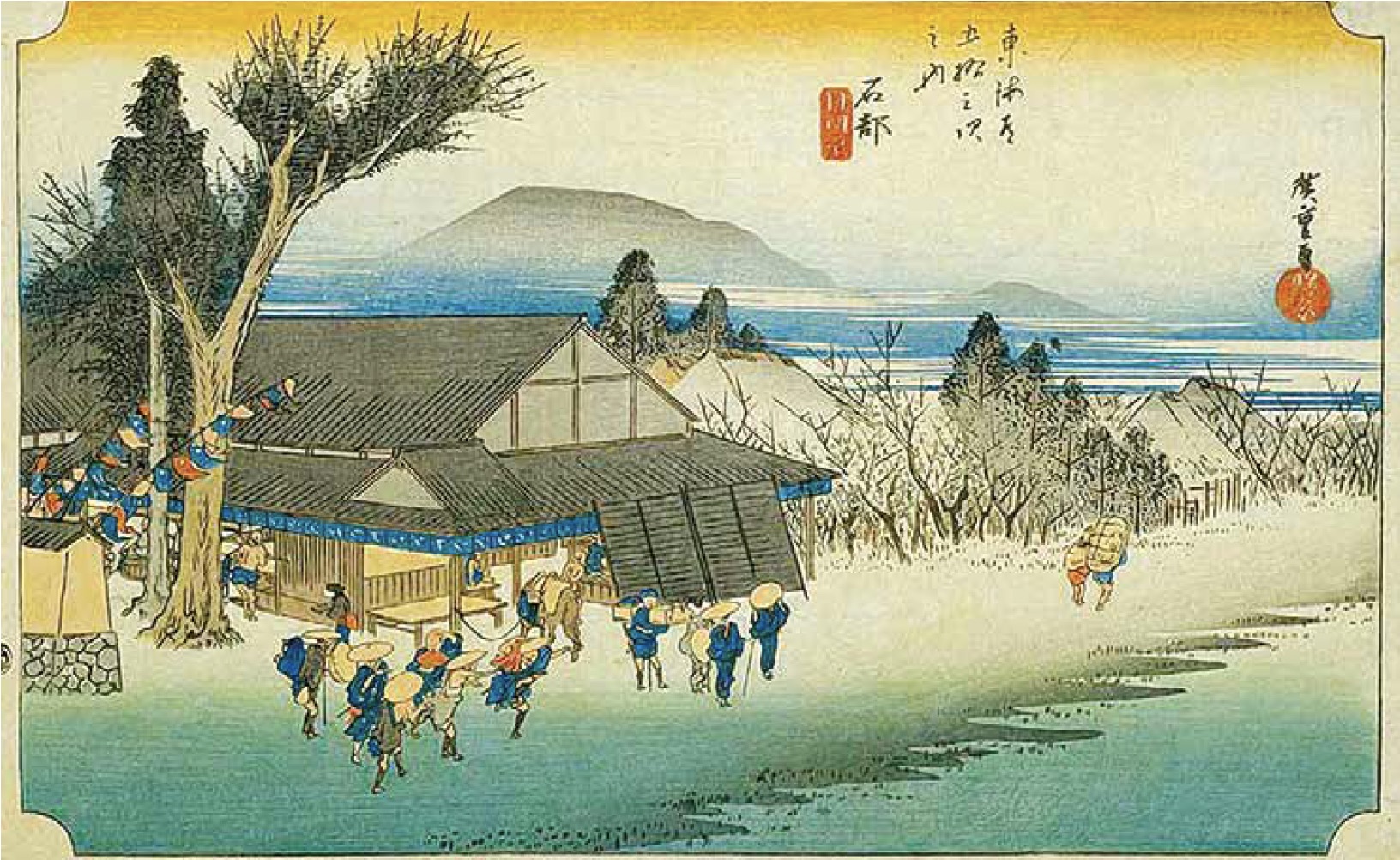
A symbol of Japanese hospitality, the traditional inn is still a great place to stay. Staying at a ryokan – a traditional Japanese inn – […]
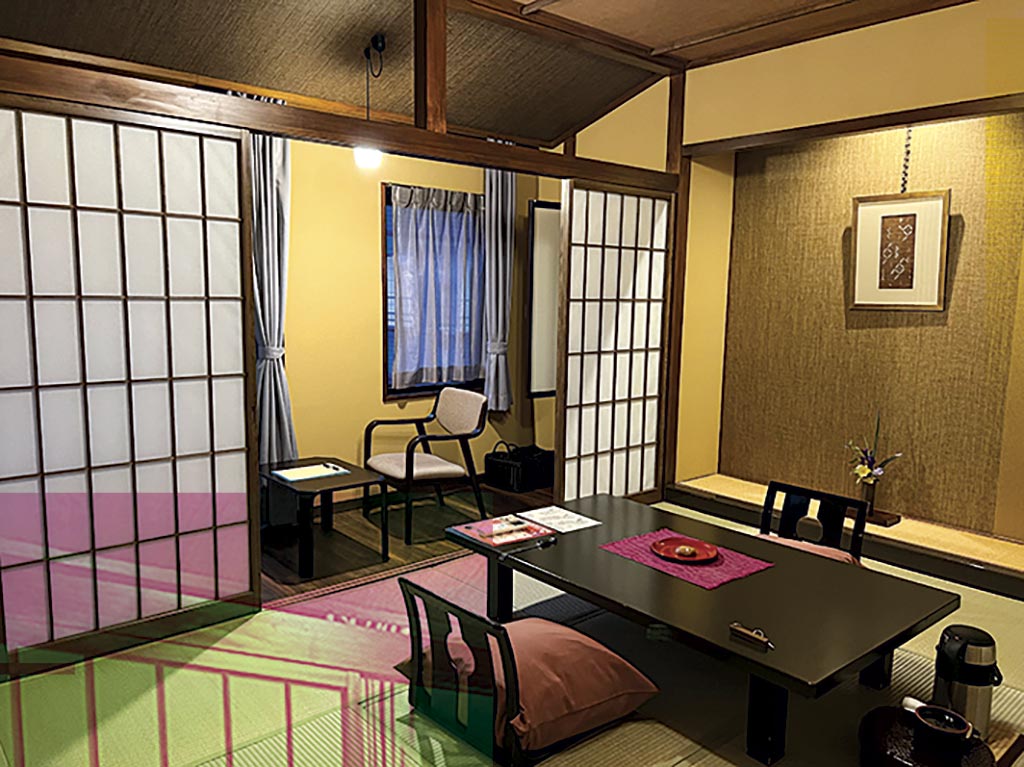
Visiting Japan without spending a night in a ryokan is a mistake you should not make. Never without a stay at a ryokan (traditional Japanese-style […]
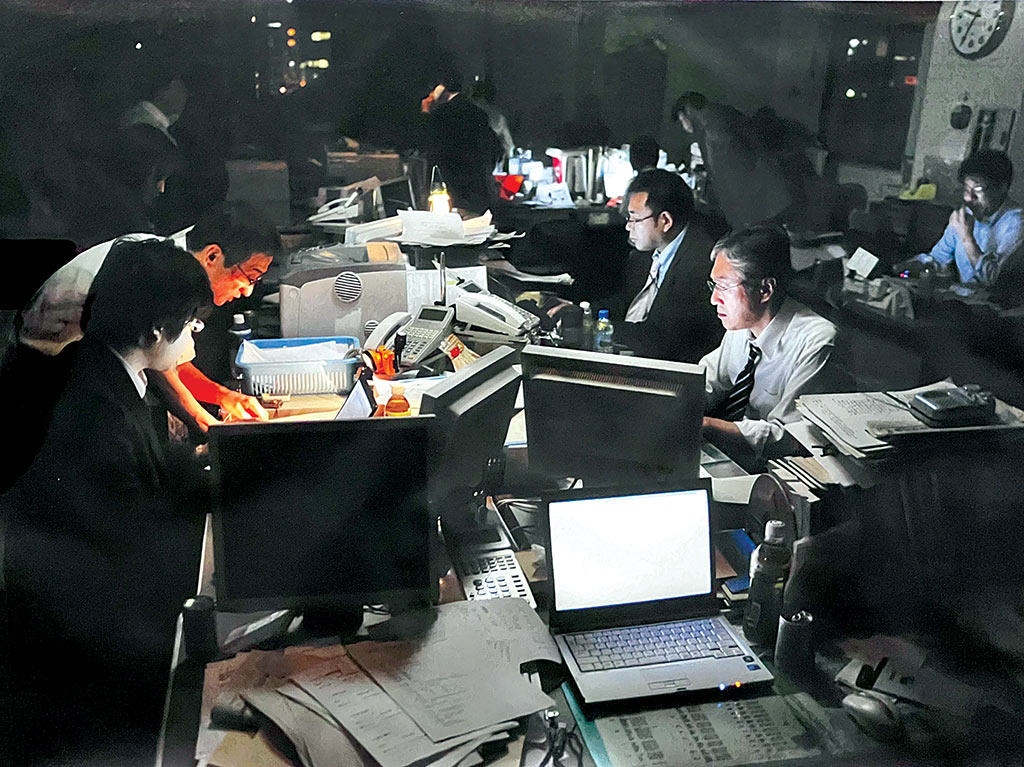
The prefecture’s second daily newspaper argues with passion and professionalism for a return to normality. The Fukushima Min’yu is one of Fukushima’s two main newspapers. […]
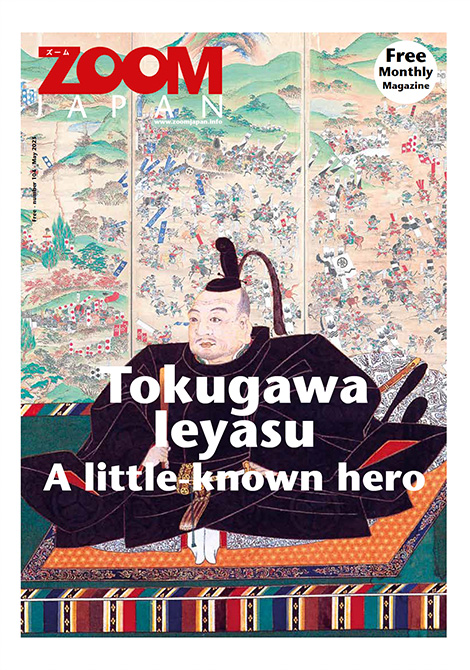
To coincide with NHK’s drama series broadcast in his honour, here is a detailed portrait of Tokugawa Ieyasu. T okugawa Ieyasu, a feudal lord who […]
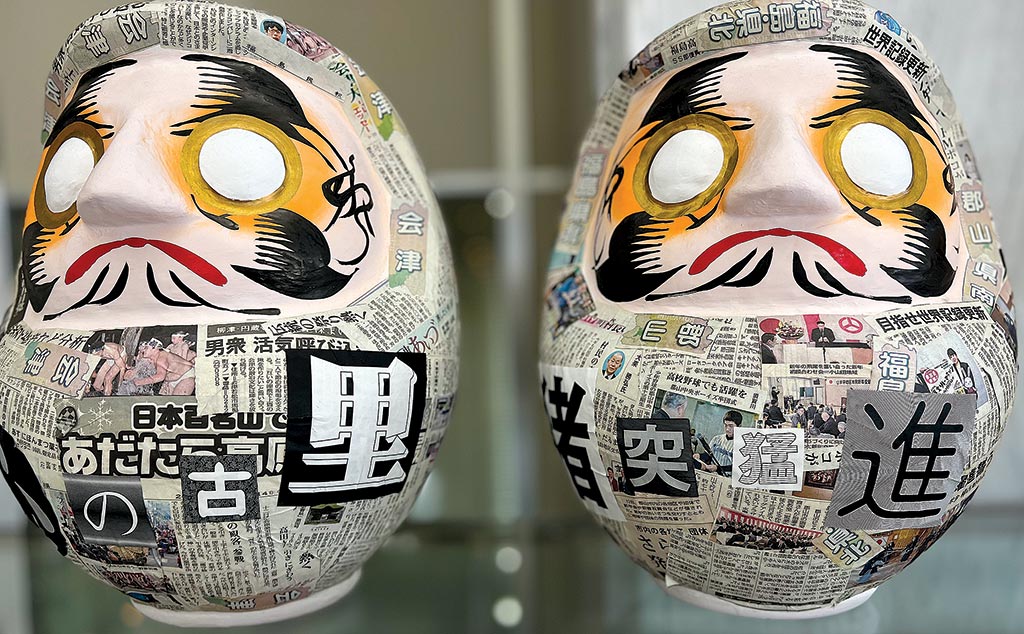
The leading regional daily paper has learned from its long history that it must continue serving its readers. The Fukushima Minpo, the prefecture’s main daily, […]
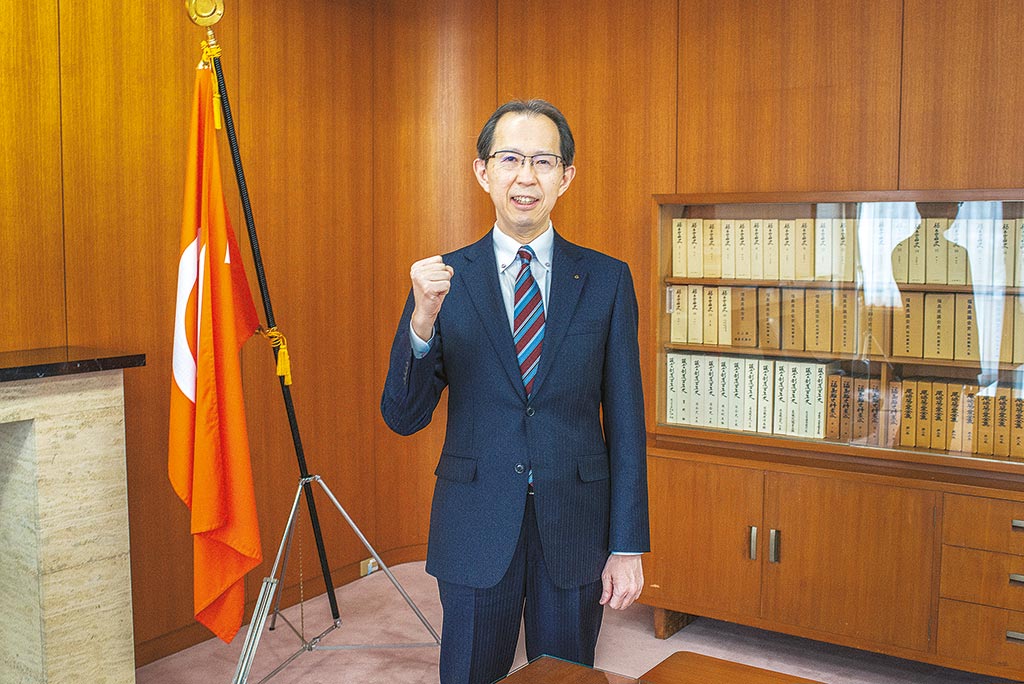
Determined to get the prefecture back on track, Governor Uchibori Masao is not short of ambition. Zoom Japan had a chance to talk to Governor Uchibori […]
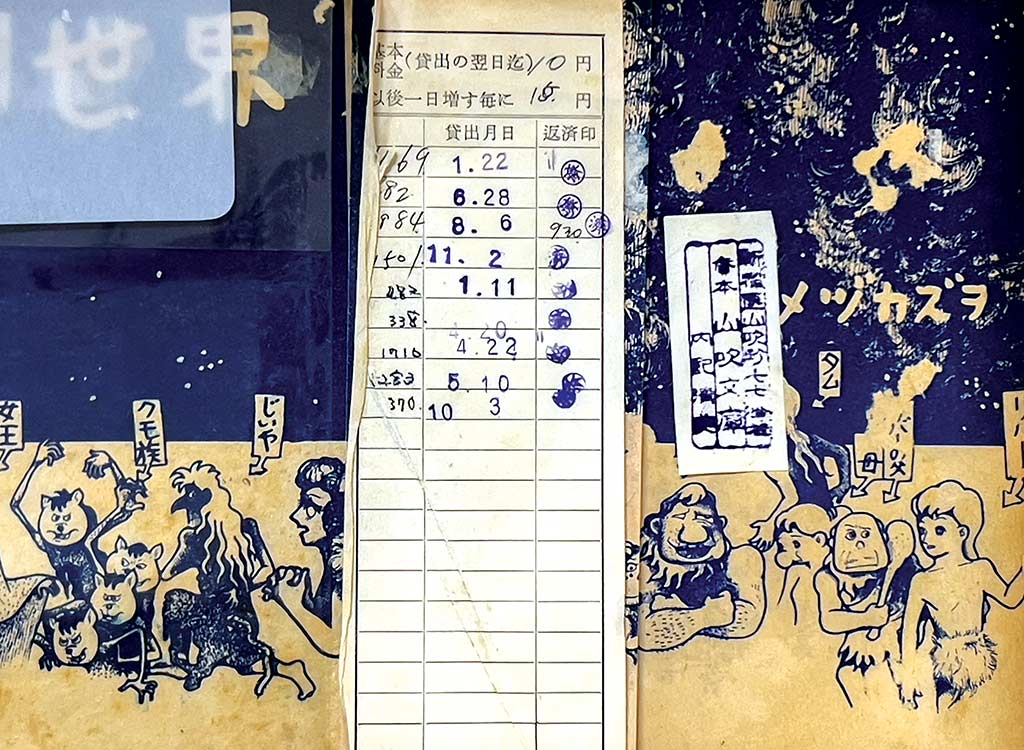
Rental bookshops (kashihonya) played a key role in the development of manga in Japan. Once upon a time, people used to enjoy physical goods. Now […]
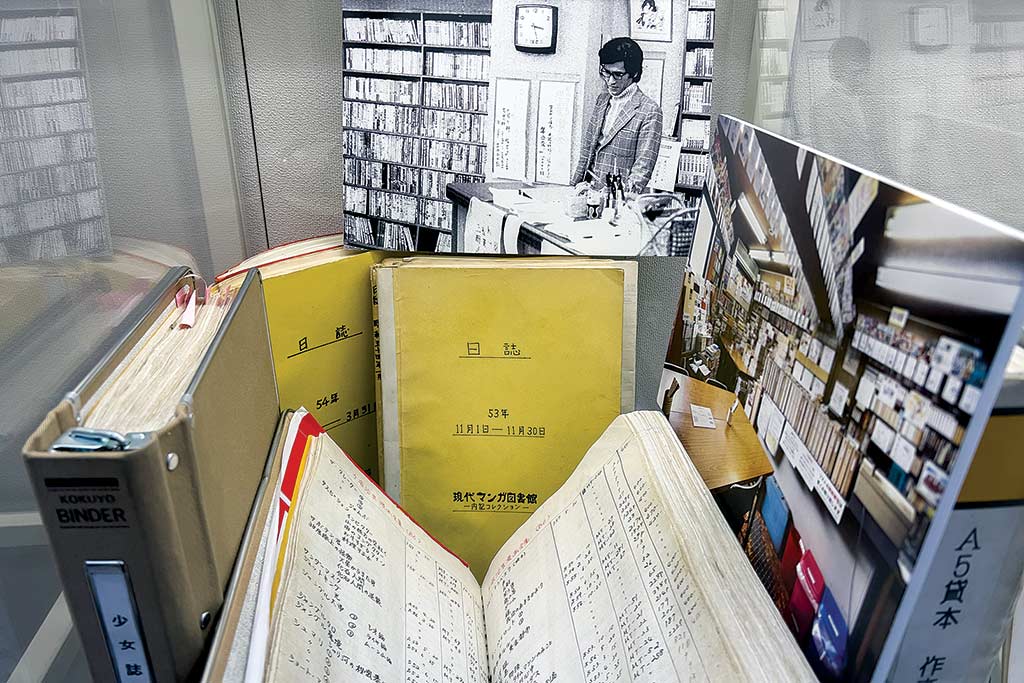
Thanks to the passion and determination of Naiki Toshio, a large number of rental manga have been preserved. Nowadays, manga are popular around the world; […]
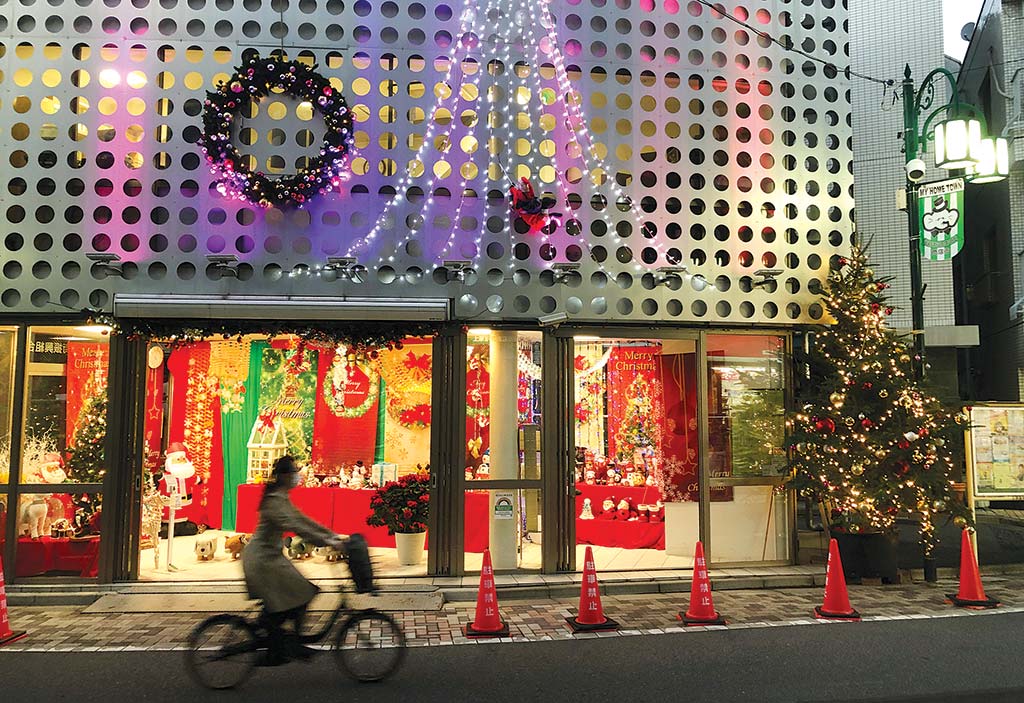
This tradition imported from the West was rapidly embraced by the Japanese who love its warmth. In December, as the days get gradually colder and […]

Even without the religious dimension it has elsewhere, Christmas is an important time for the Japanese. Foreign observers wonder why the Japanese love Christmas so […]

The commitment of small-scale producers is succeeding in attracting new customers. There’s not just one kind of soy sauce. Besides the five main types that […]

Two key ingredients of Japanese cuisine have seen their popularity wane in Japan. Washoku has conquered the world thanks to dishes such as sushi, tempura, […]

Located to the east of Tokyo, the company has become a global giant in the space of a few decades. Noda City, in the north-western […]
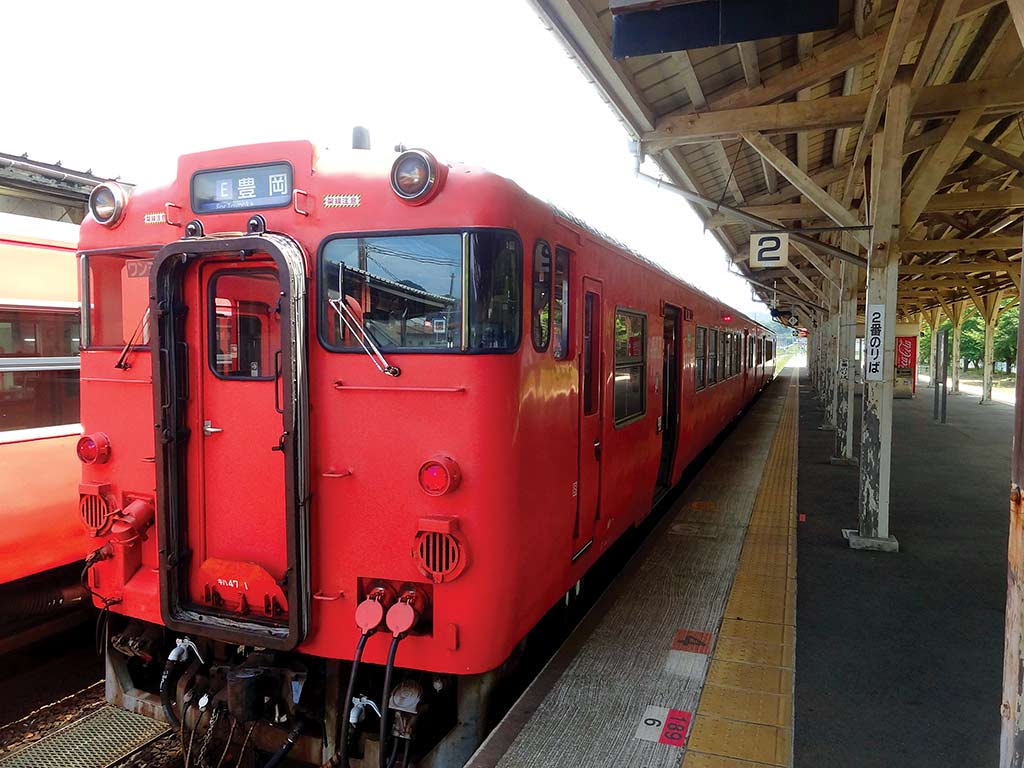
As Japan prepares to reopen her borders to tourists, we will guide you to some little-known places. Travelling during a pandemic is supposed to be […]

The famous cliffs on the Sea of Japan are the scene of many suicides, but their beauty is life-affirming. When I stepped out of my […]

Welcome to the hidden side of Kyoto, this often not easily accessible place is full of surprises. The coast of the Sea of Japan is […]
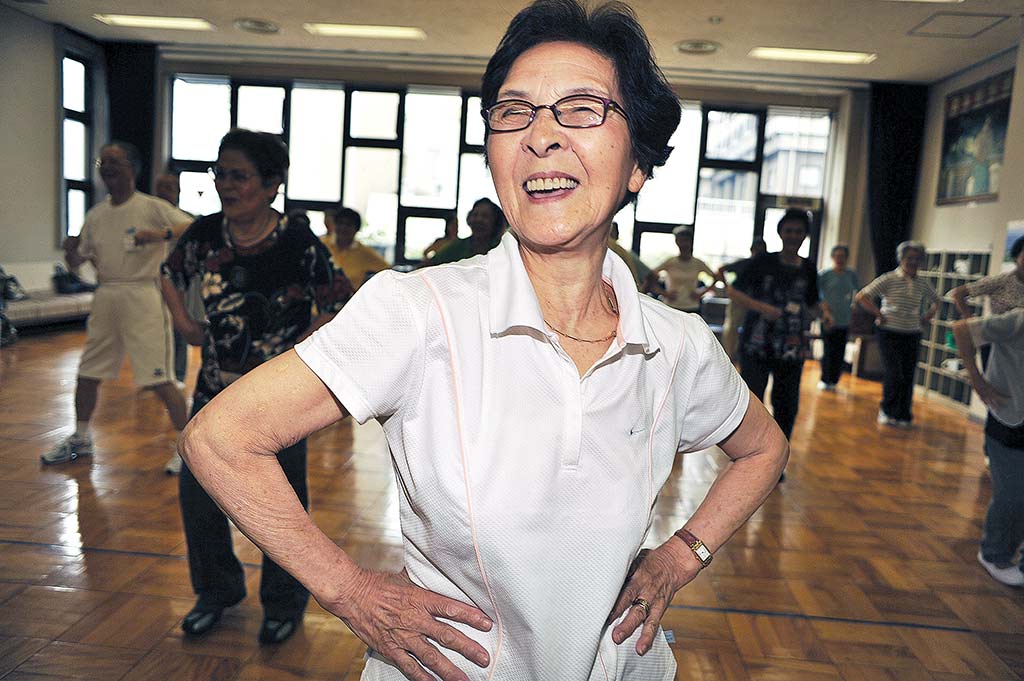
According to gerontology specialist Akiyama Hiroko, Japan should be a pioneer in the management of aging. As Japan and the rest of the world’s population […]
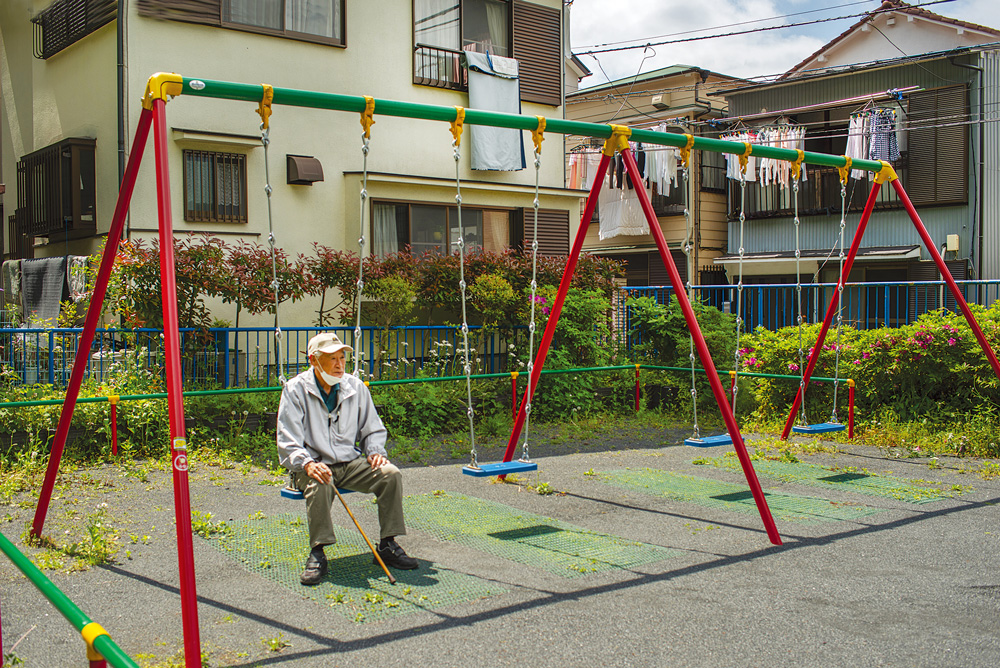
Formerly a base for day labourers, the district has undergone profound changes over the past 30 years. In Yokohama there are many districts with auspicious […]
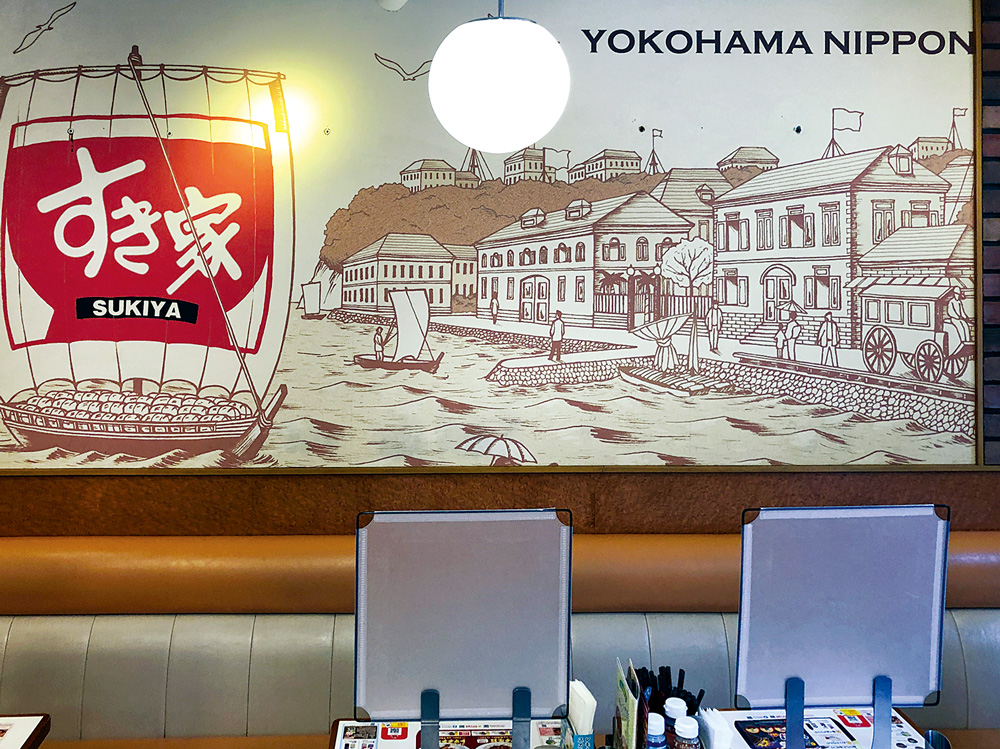
Since it opened to trade, this port city has served as a gateway to the cuisines of the world. The Japanese are curious eaters and […]
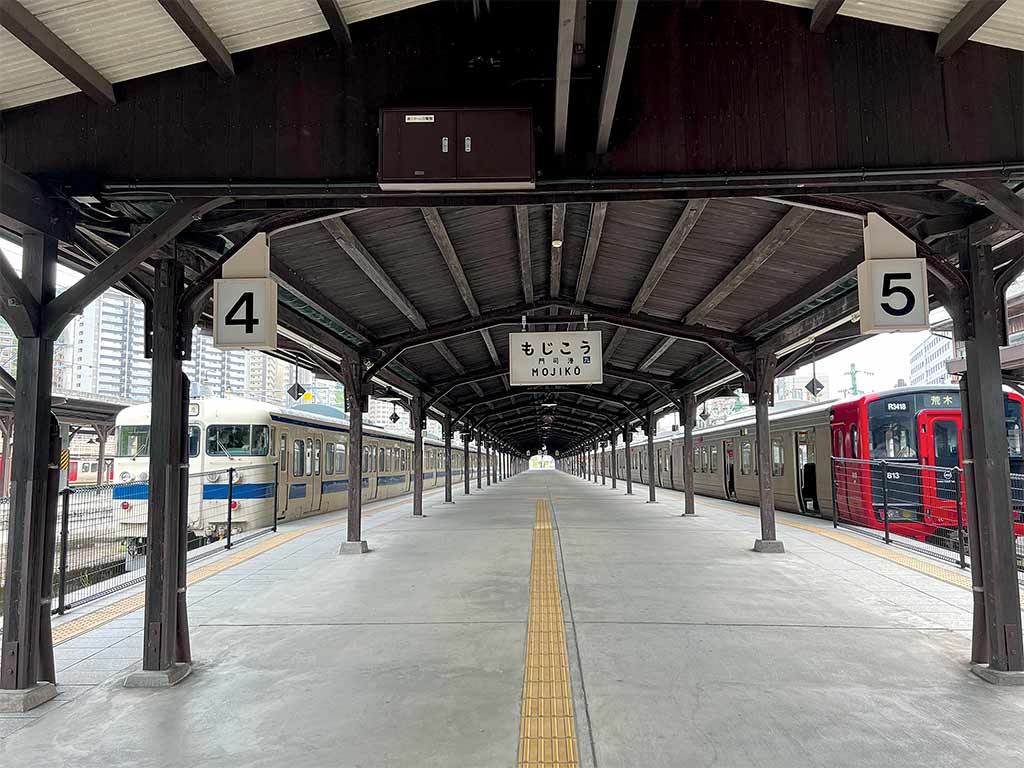
In the opinion of Hara Takeshi, the pandemic may be the final blow for Japanese railways. Covid-19 has changed many people’s lifestyles and affected different […]
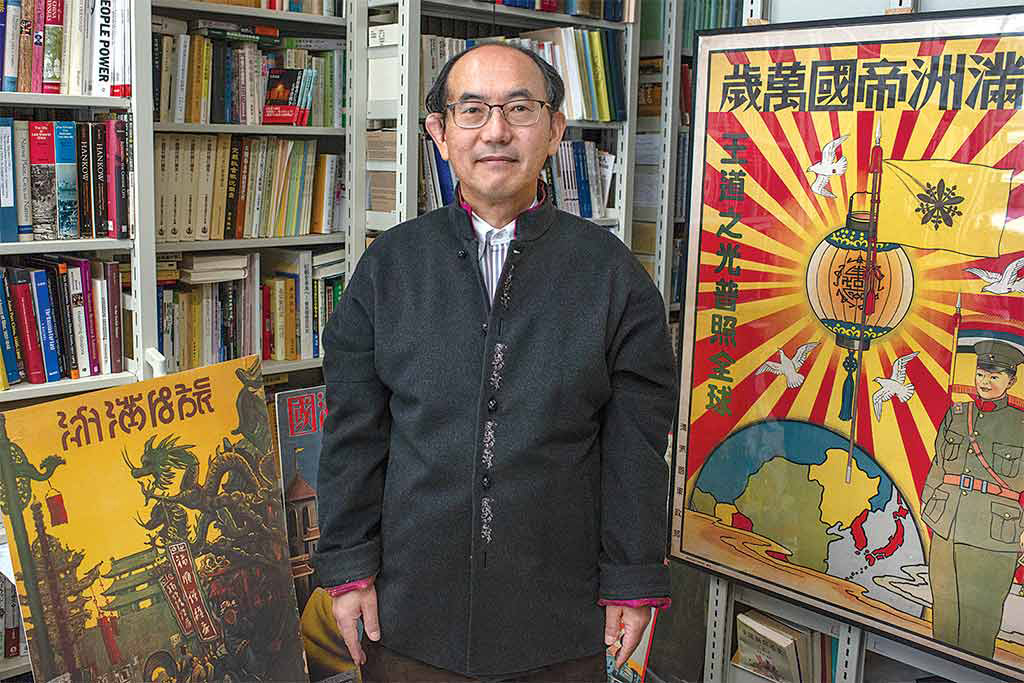
Though interest in the topic has declined over time, historian Kishi Toshihiko continues to keep it alive. What remains today of Japan’s relationship with Manchuria, […]

As Ukraine continues to dominate the news, it is worth remembering the example of Manchu. It is said that history is a series of hiccups […]

The Japanese government has finally decided to reopen the country’s borders, but for how long? In response to the situation in Ukraine after Russia invaded […]
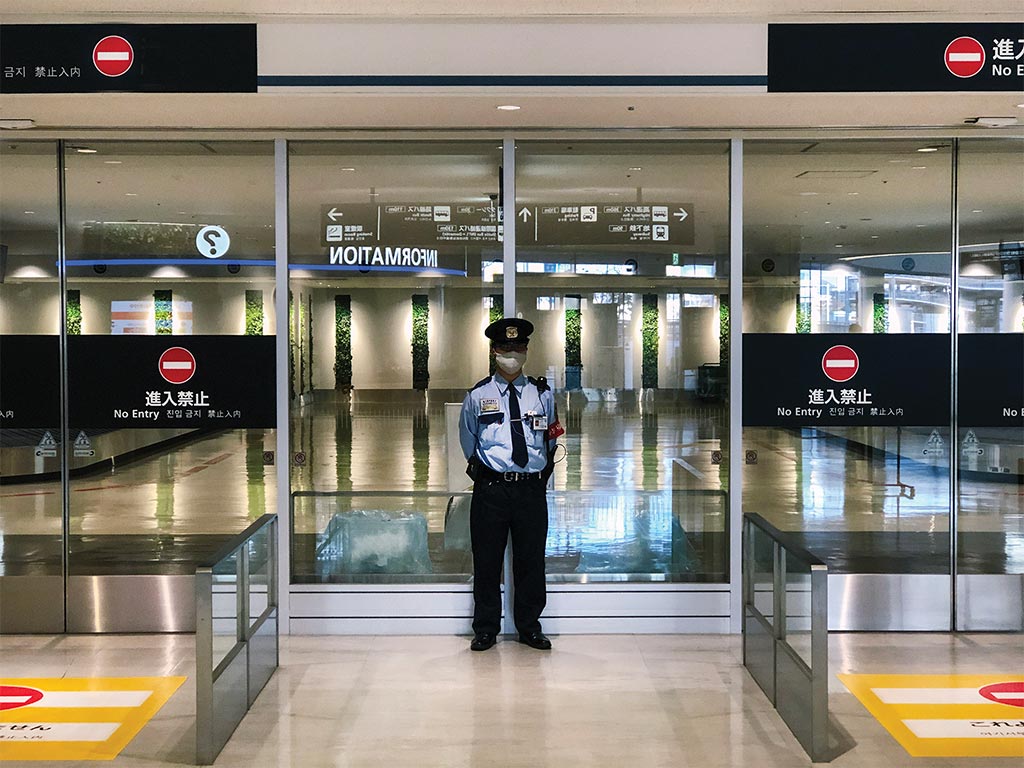
According to writer Ito Gaichi, the spirit of closure remains deeply ingrained, especially among the older generation. Before the Covid-19 pandemic wreaked havoc on our […]

Zoom Japan obtained an exclusive interview with Governor Tamaki Denny to discuss the situation in the archipelago. Okinawa governor Tamaki Denny likes to wear his […]
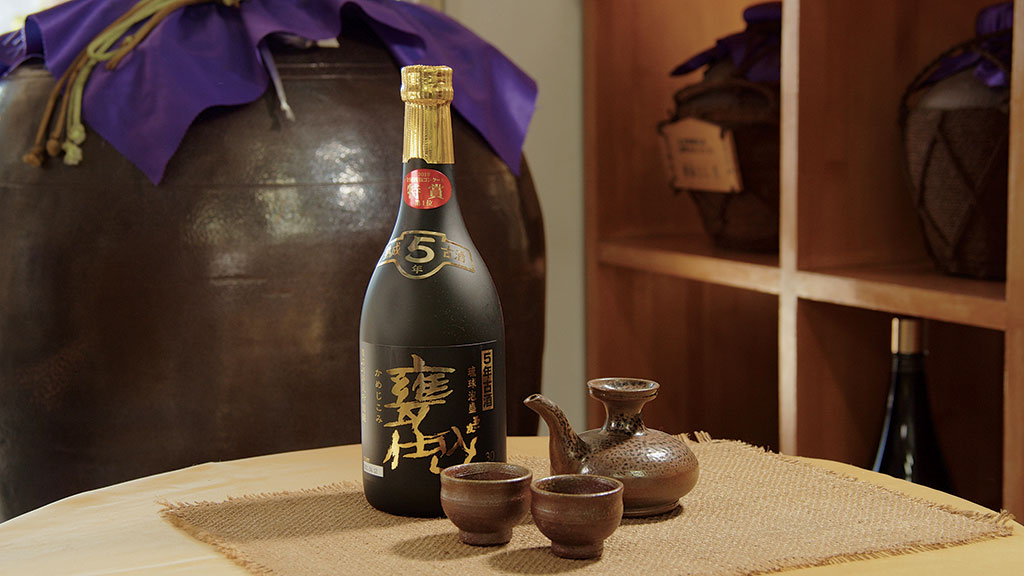
In the space of just a few years, Ishikawa Yumiko has established herself as one of its foremost experts. Okinawa stands out among Japanese prefectures […]
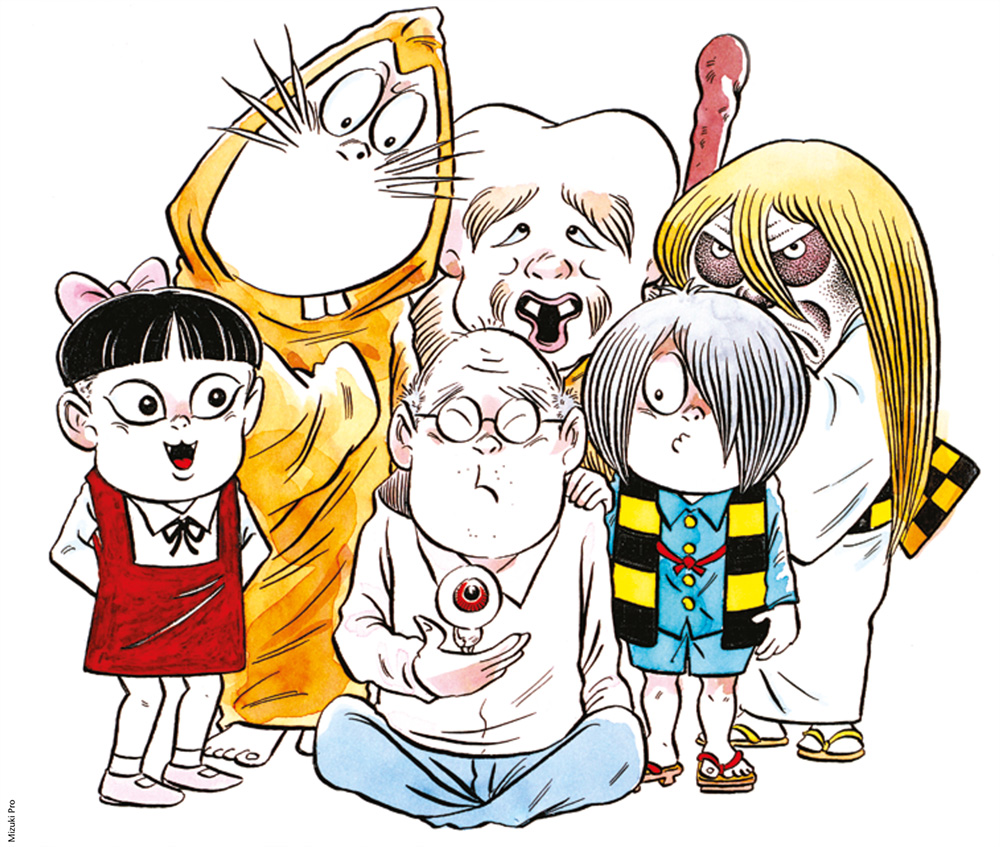
A titan of manga culture, Mizuki Shigeru would have been 100 years old this year. This is his story. Zoom Japan has made a habit, […]
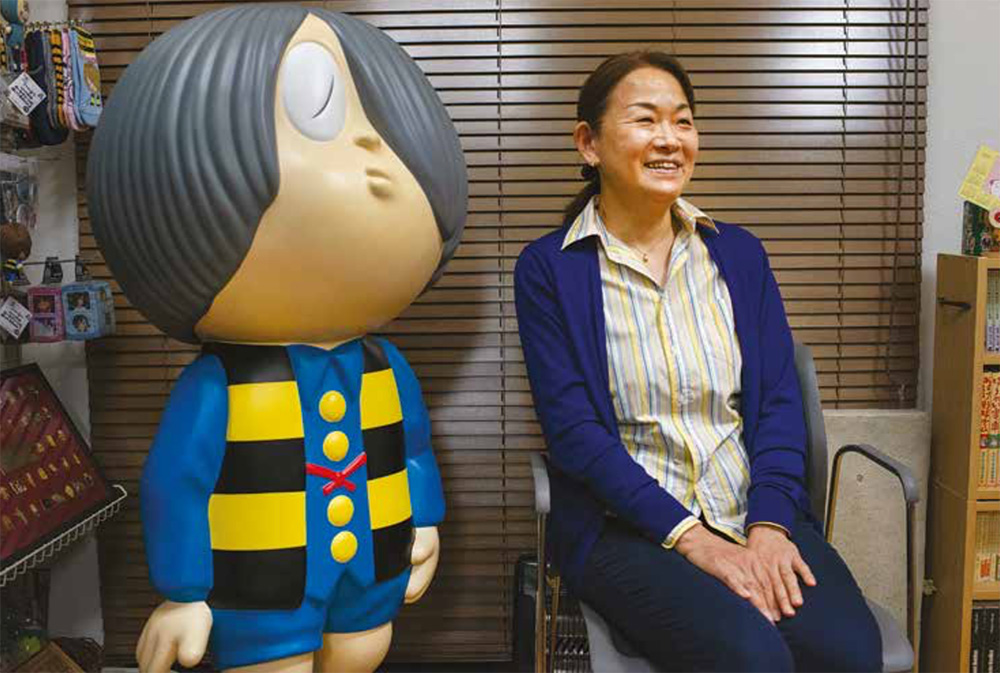
Haraguchi Naoko, the Mizuki Shigeru’s daughter, recalls her father and what life with him was like. A lot has been written about Mizuki Shigeru’s art, […]
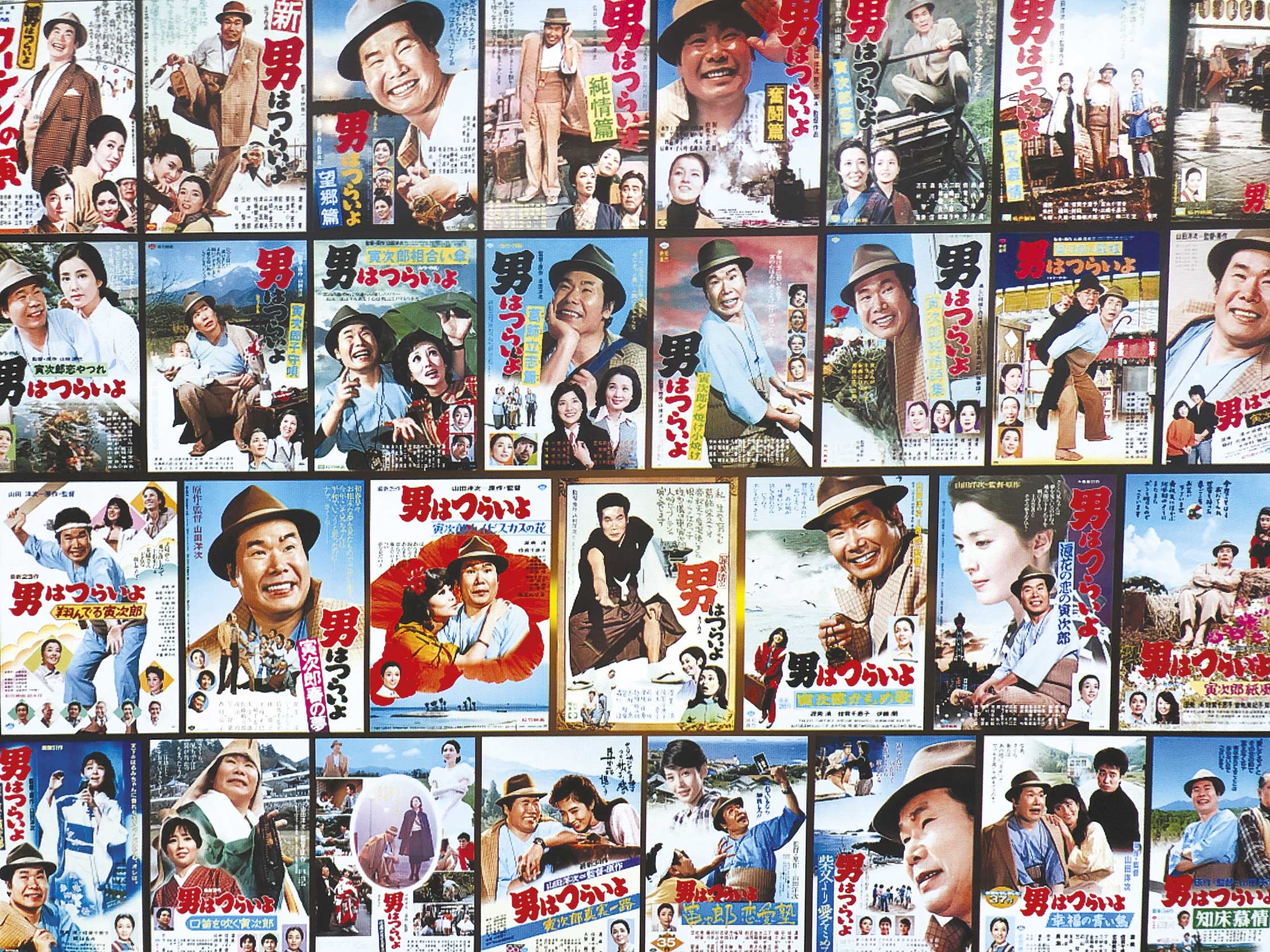
This fictional character created by the filmmaker Yamada Yoji has left a deep impression on Japanese society. Between 1969 (1968, if we count the TV […]
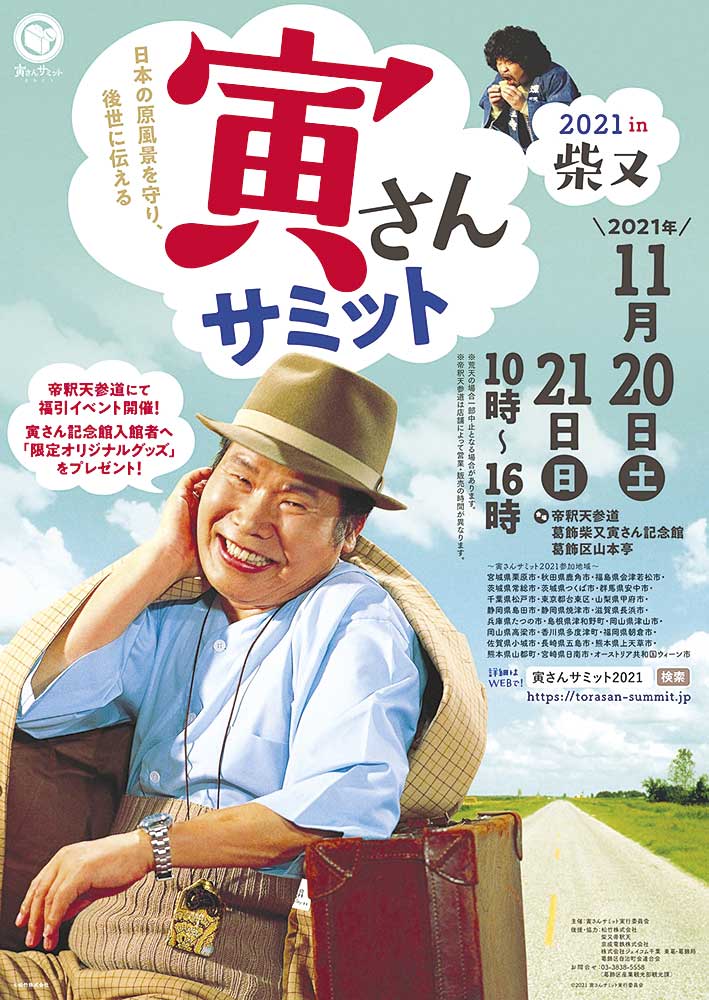
The spirit of Tora-san is ever present in this district in the north-east of the capital where he lived. Otoko wa tsurai yo (It’s Tough […]
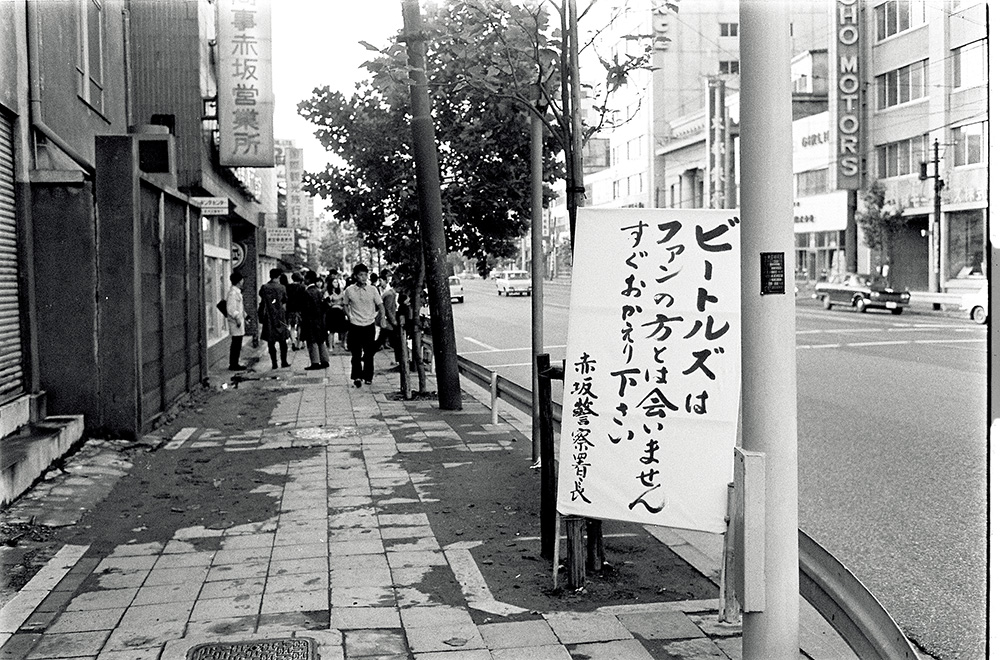
The Liverpool band’s only tour of Japan was both a headache and a historic moment. More than 50 years after they broke up, the Beatles […]
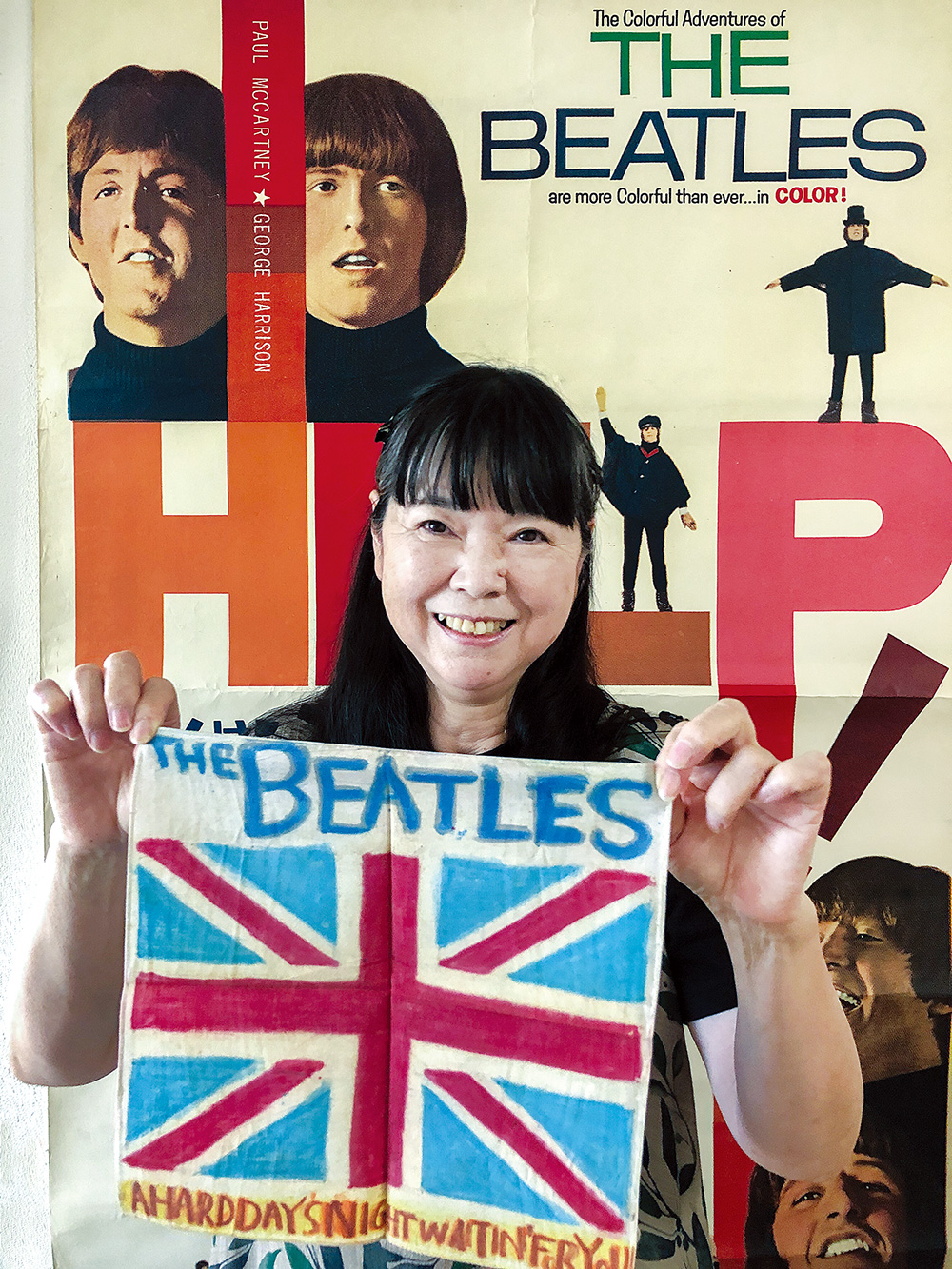
At the age of 17 Yokokura Kunie was lucky enough to go to not one but three concerts by the Fab Four in Tokyo. When […]
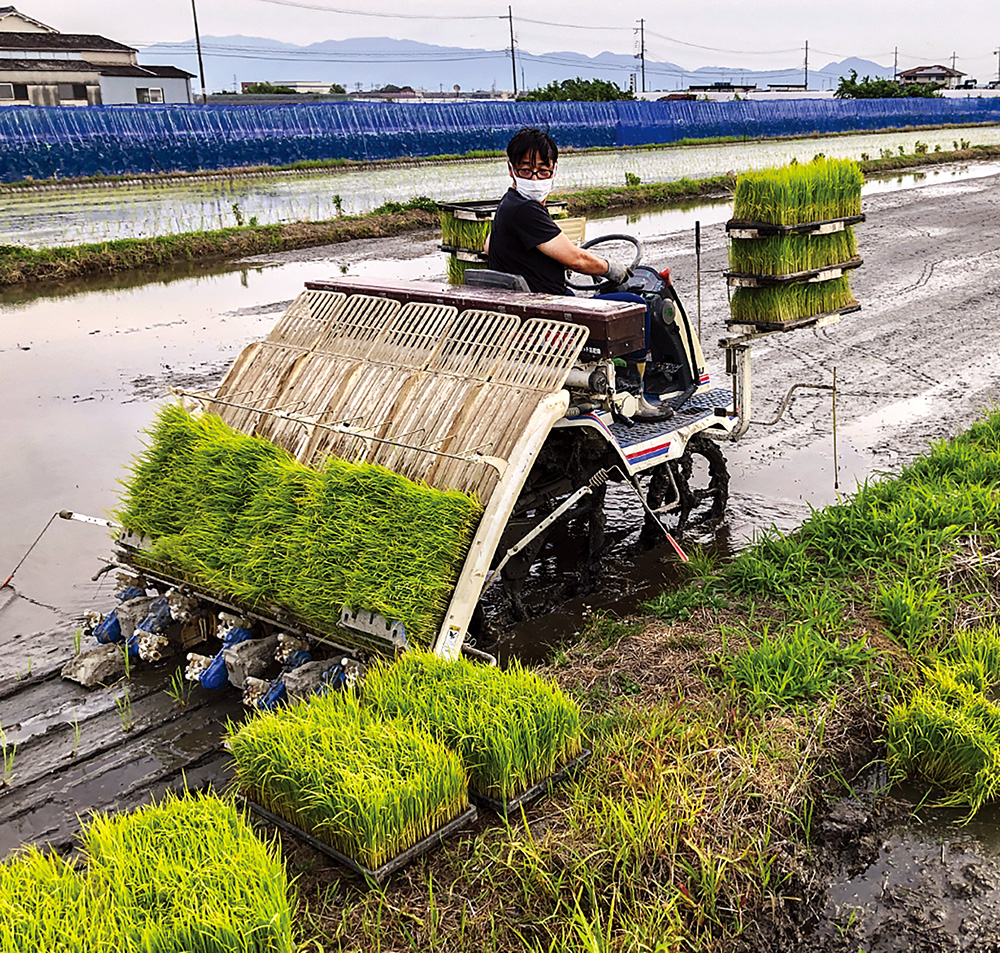
At the heart of Japanese culture, today this cereal is threatened by changing eating habits. Rice and Japan are inseparable. Rice is such an integral […]
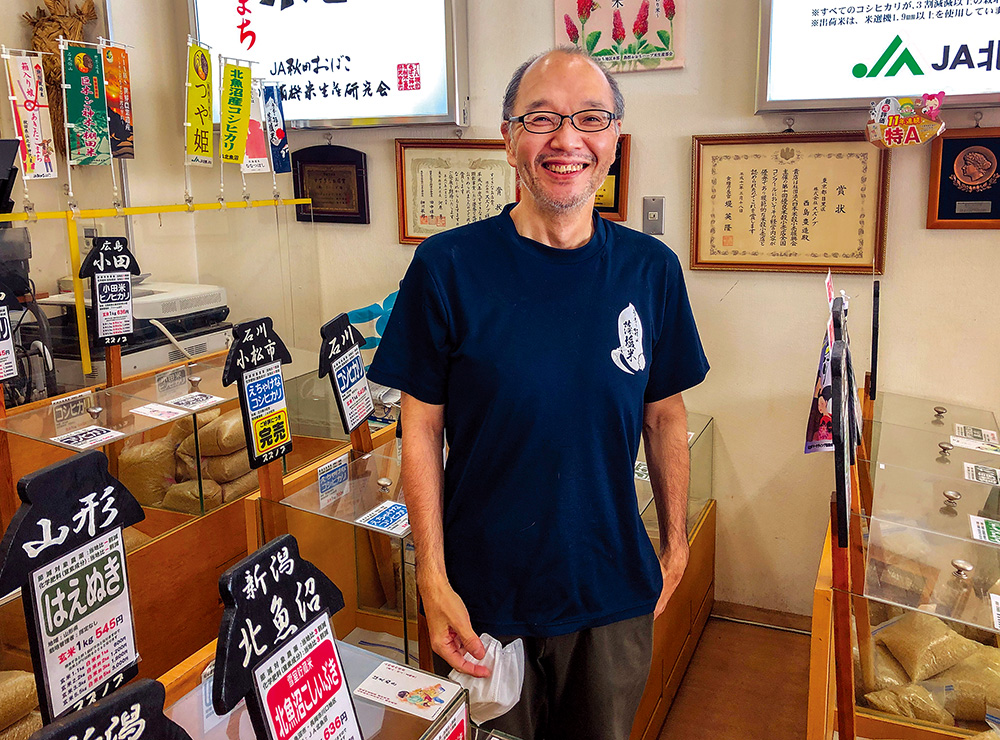
Considered the country’s leading expert on rice, the owner of Suzunobu is unremittingly enthusiastic about it. Nishijima Toyozo is arguably the best known Japanese expert […]
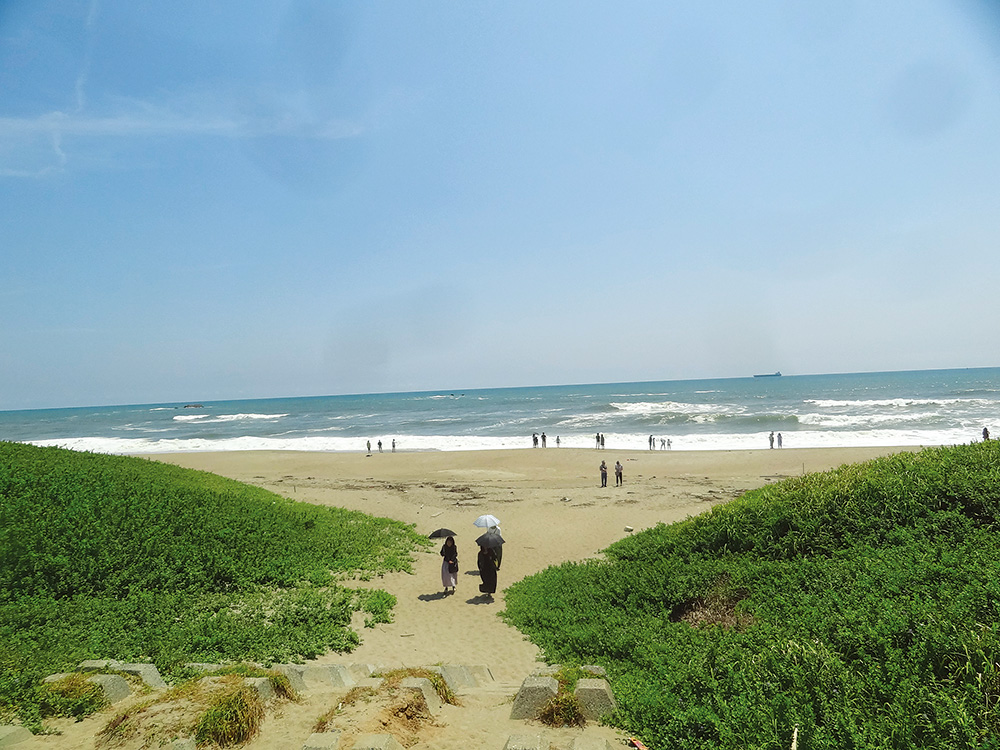
The sea occupies a fundamental place in the culture of the country and is an essential part of the journey wherever you go. After 27 […]
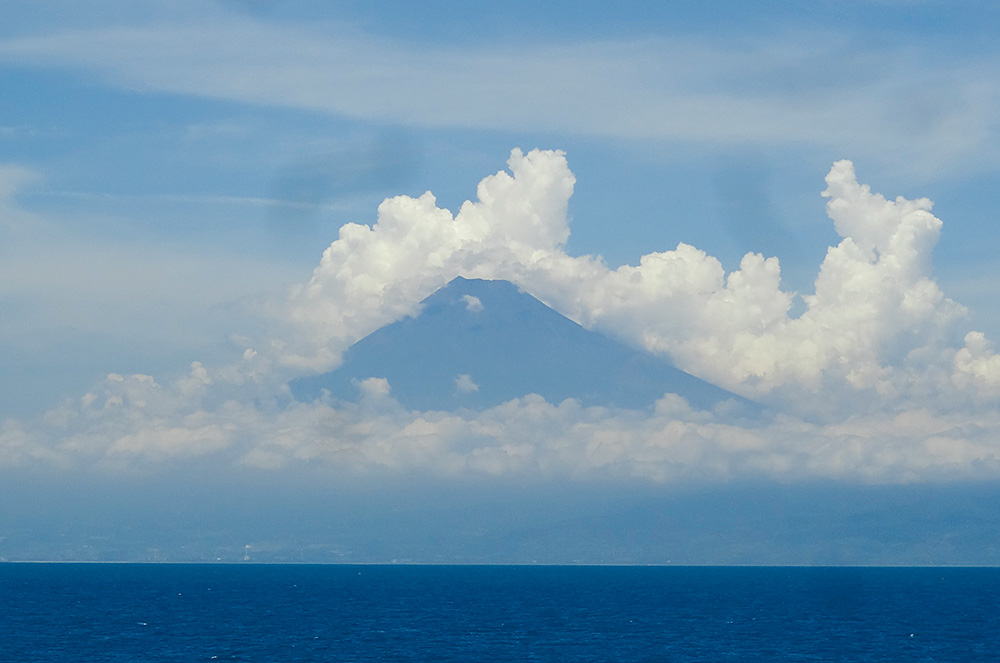
The sight of Mount Fuji always has a magical, even mystical quality. An extraordinary historical figure, the former yakuza promoted the opening up of the […]
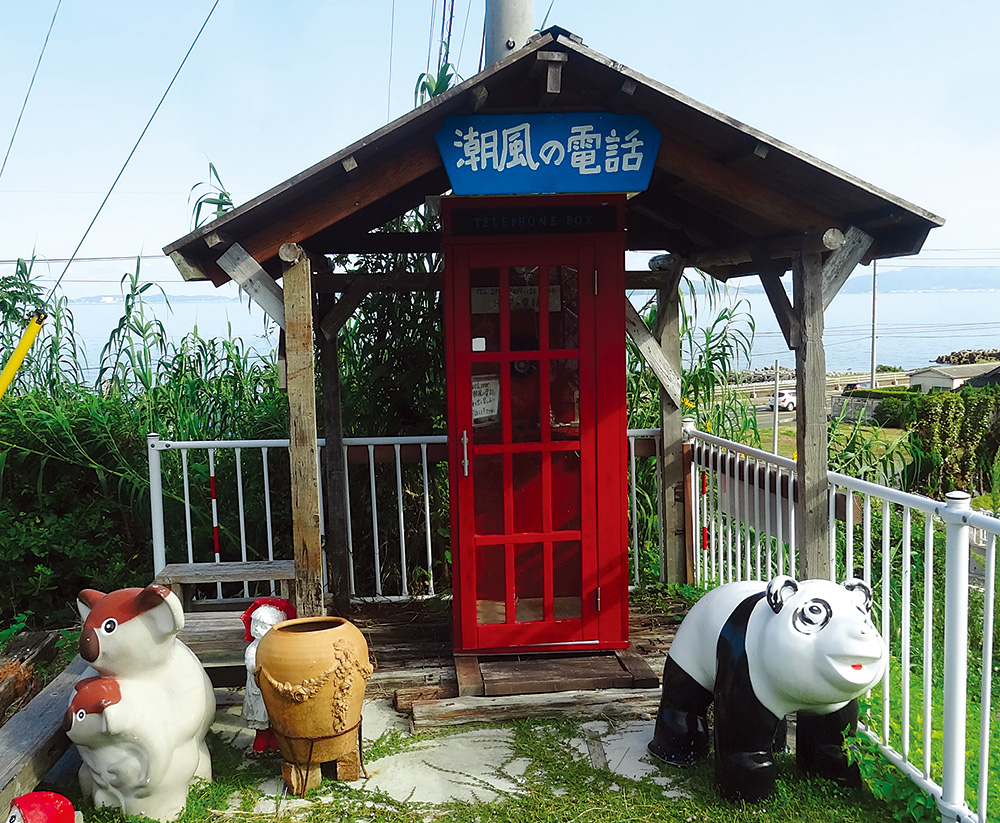
Kutsuna Tomohiko and Kazuko set up the Shiokaze no denwa to keep in touch with lost loved ones. Faced with a school system unable to […]

The cultivation of this flower took off in the Heian period (794-1185) after being imported from China. A major shipbuilding centre, Innoshima has lost some […]

Workers at the dam construction site in Miyako, Iwate Prefecture. To avoid a recurrence of the 11 March 2011 tragedy, the Japanese authorities have undertaken […]

In the space of a few decades, animation has become a mainstay in the world of Japanese pop culture. An essential element of Japanese pop […]
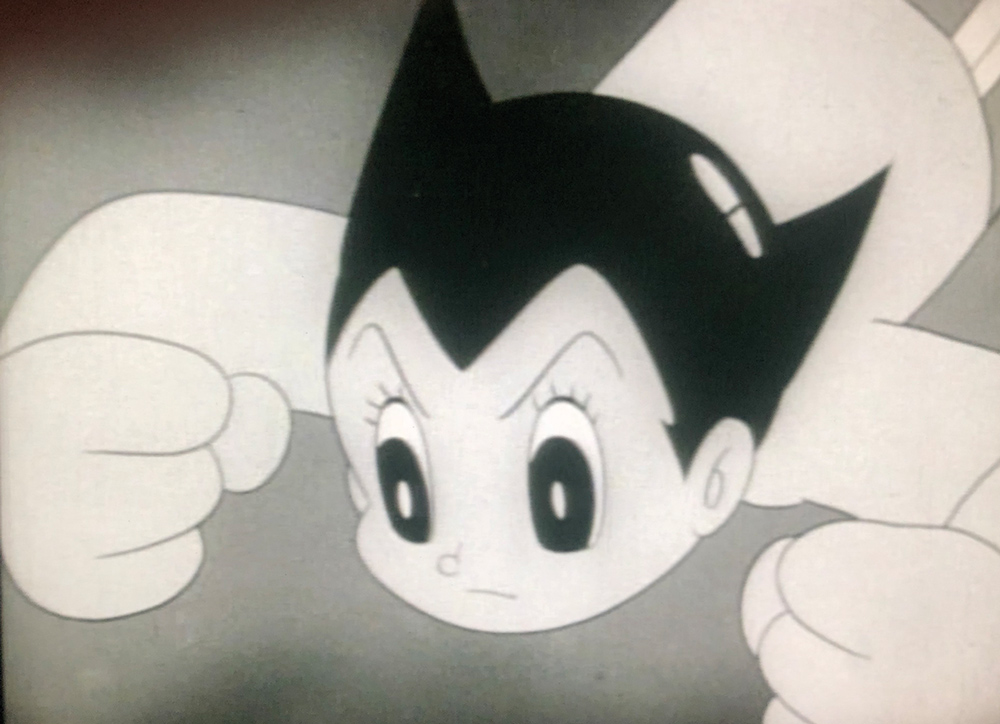
The famous 34th episode of Tetsuwan Atom was produced by Studio Zero in 1963. To explain the reason behind our great love of Japanese anime, […]
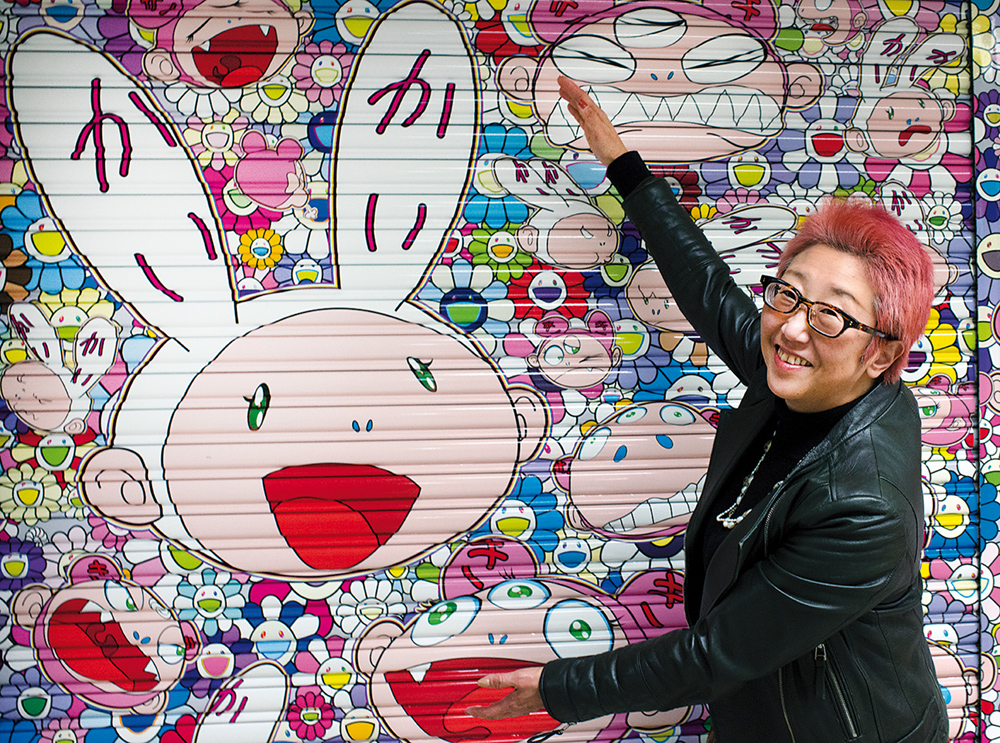
Based on her long experience, TAKEUCHI Yukari analyses the prospects for the animation industry. In the coming years, the Japanese animation industry could experience a […]

According to Francesco Prandoni from Production I.g, the studio’s success is due to its maintaining the highest standards. In the vast world of Japanese animation, […]

Despite its childlike appearance, Demon Slayer has attracted a very large audience. By successfully dethroning Spirited Away, Demon Slayer has become the new phenomenon in […]
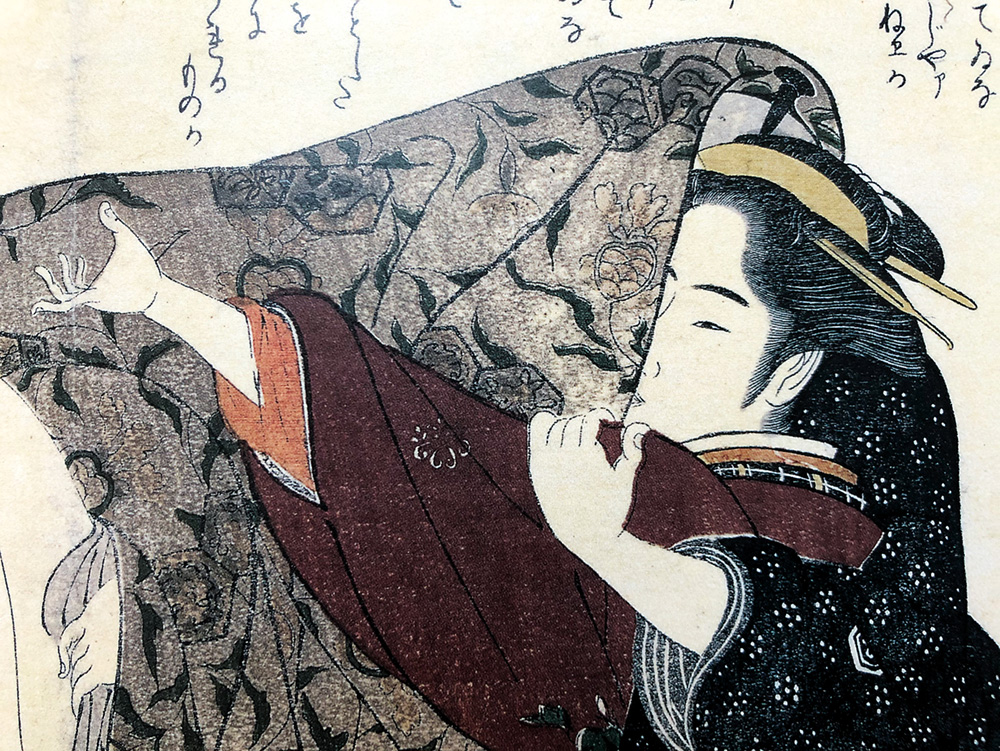
The erotic album of the Comical Cuckoo Clock or Sex Adoration of the Women of the Night (Ehon hakai yobuko-dori). Detail from the 9th print. […]

From the early 1990s, some men began to turn their back on flesh and blood women. Over the past three decades, Japanese sexual habits have […]
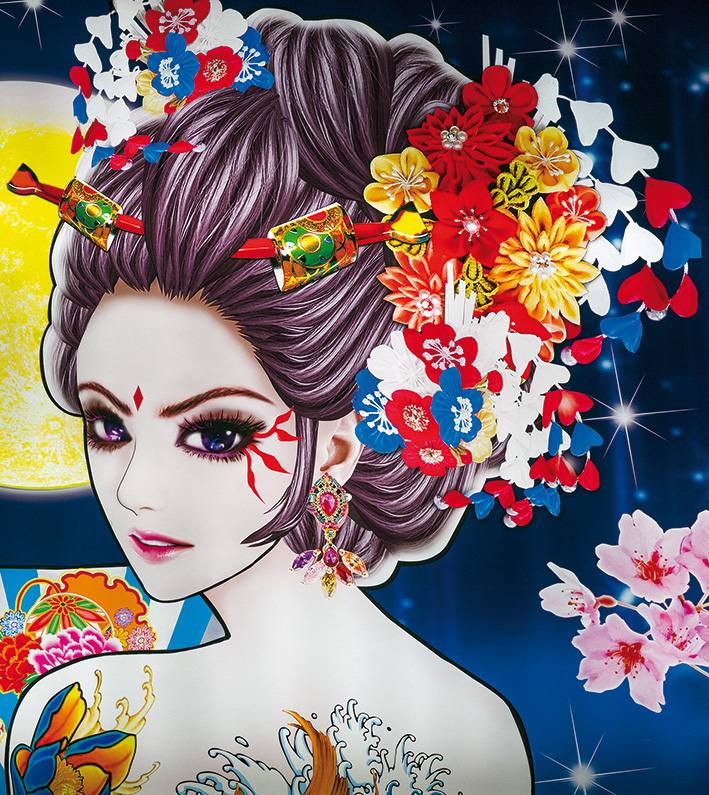
The sex industry represents a huge market. Benefitting from loopholes in the law, there are countless specialised establishments generating an incredible turnover. Japan has the […]

Nikita, 28, takes a break between shifts at Soapland Paradise, in Kawasaki. Despite being banned, prostitution continues to thrive with the existence of particular establishments. […]
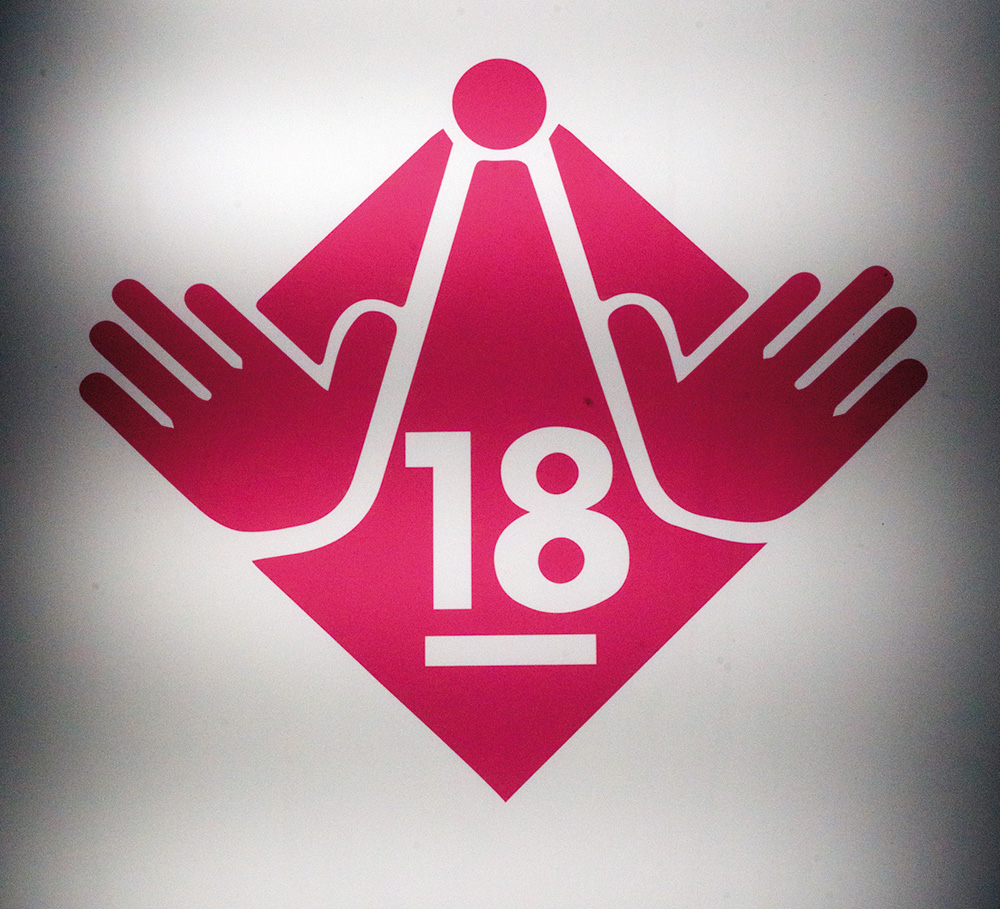
Aged 29, this university graduate has chosen to work in one of these establishments popular with men. It’s 11:00 on an unusually warm day in […]
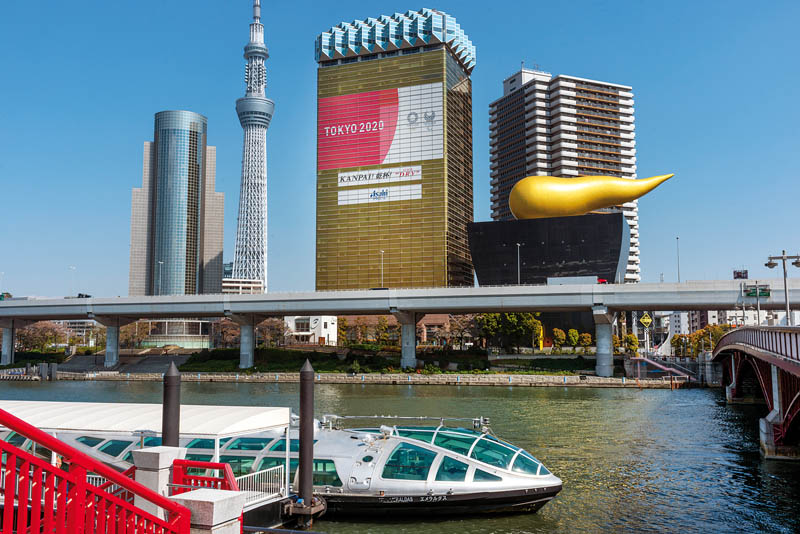
No other city in the world has undergone so many changes in its appearance as Japan’s capital city. In 1998, for the first time in […]
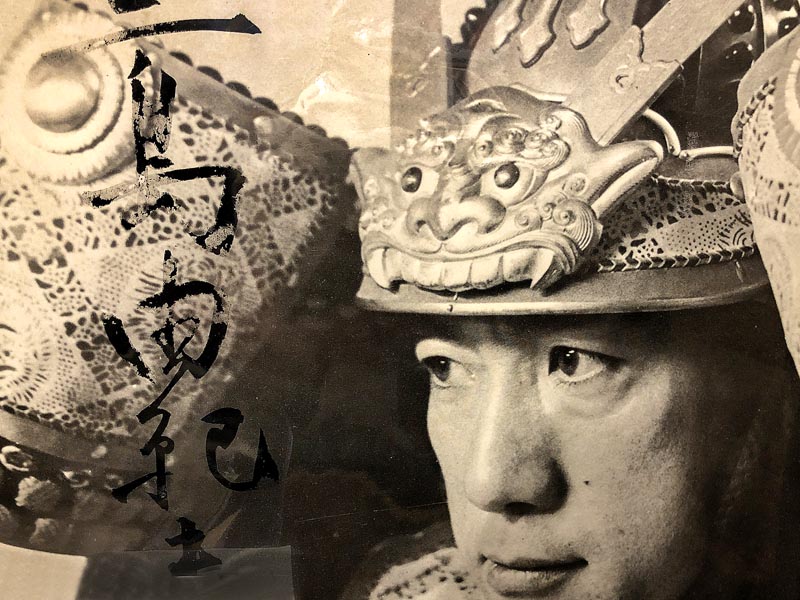
On 25 November 1970, the writer killed himself in a spectacular manner. We look back at the last years of his life. Mishima Yukio’s life […]
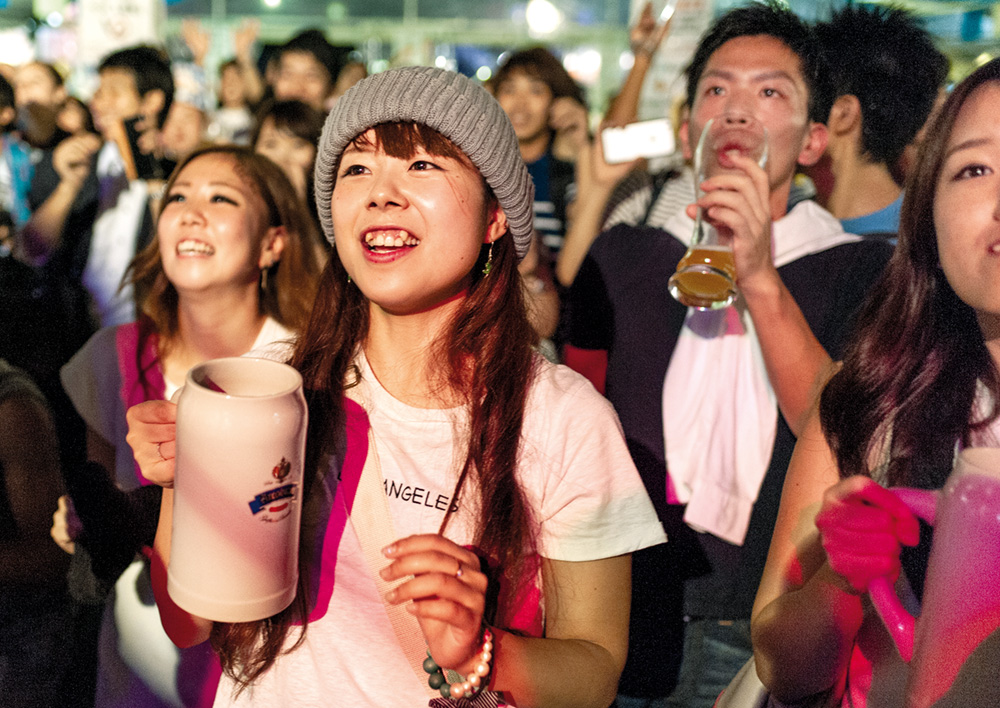
The Japanese love beer, but it does not always share the same characteristics as beer drunk in Europe. Though the current beer market resembles […]
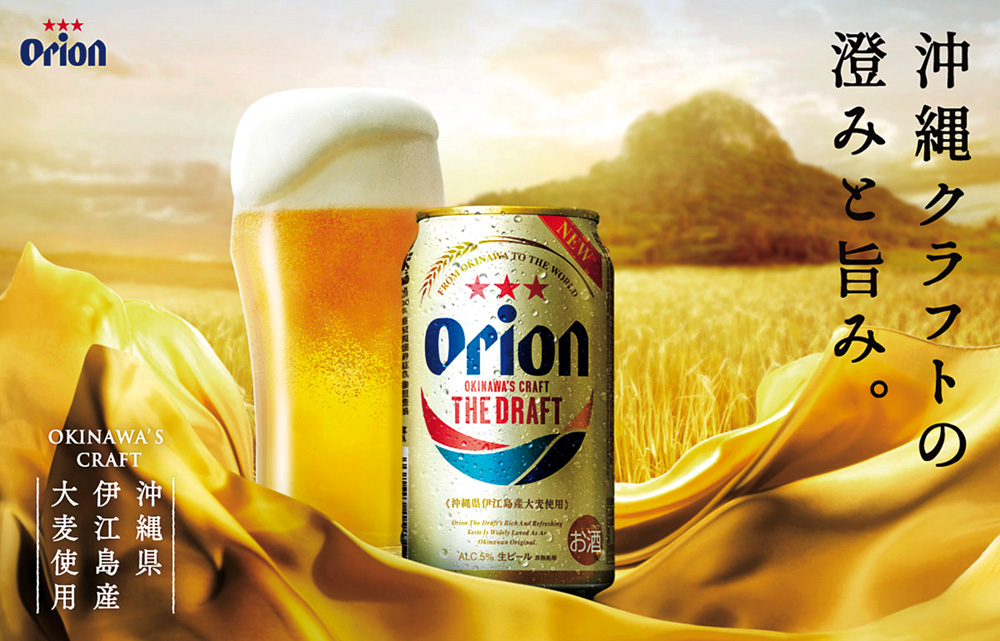
Advertisement for Orion Brewery, originally established in Okinawa, which has 0.8% of the beer market. Representing 40% of the alcohol consumed in the country, […]
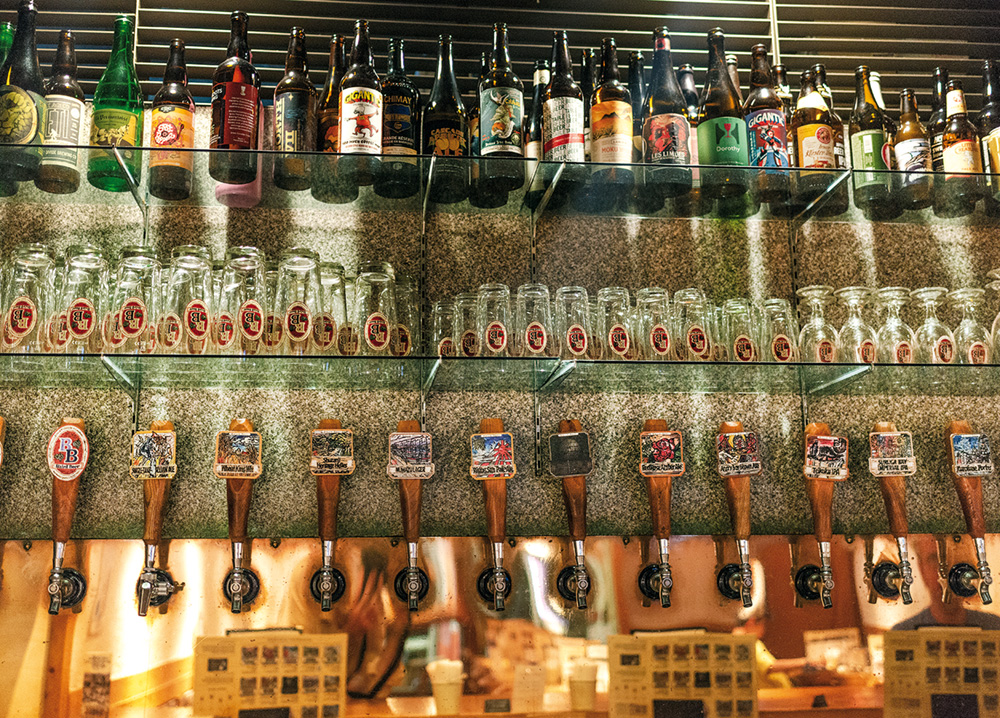
The microbrewery uses three brewing systems (60,10 and 2.5hectolitres respectively). Journalist Noda Ikuko’s discovery of beer mirrors the Japanese encounter with this drink. While […]
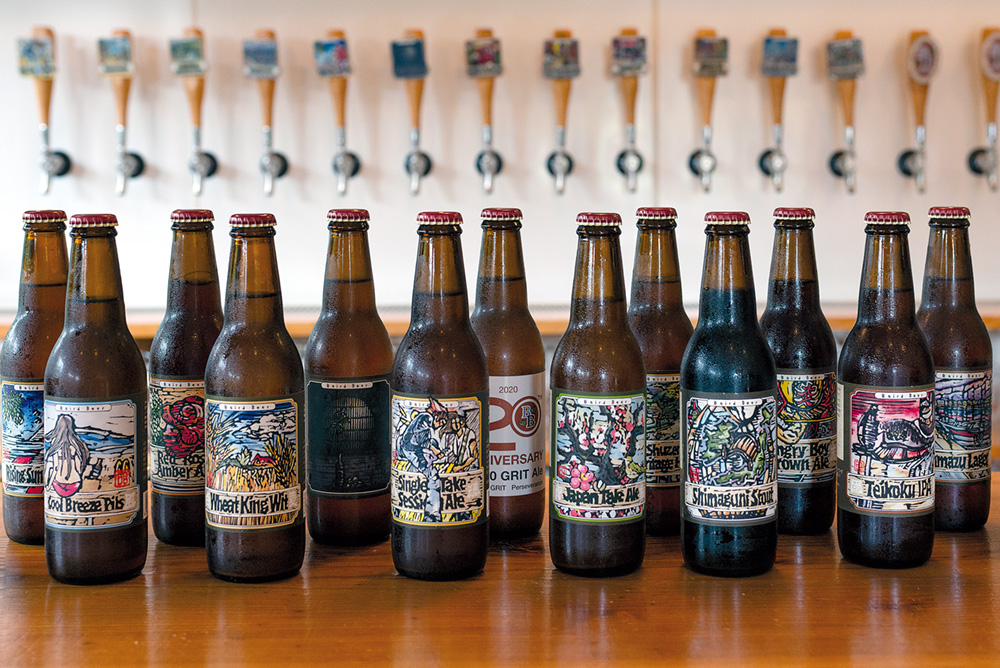
The microbrewery uses three brewing systems (60,10 and 2.5hectolitres respectively). Founded in 2000, this microbrewery’s high quality produce has been successful in Japan and […]
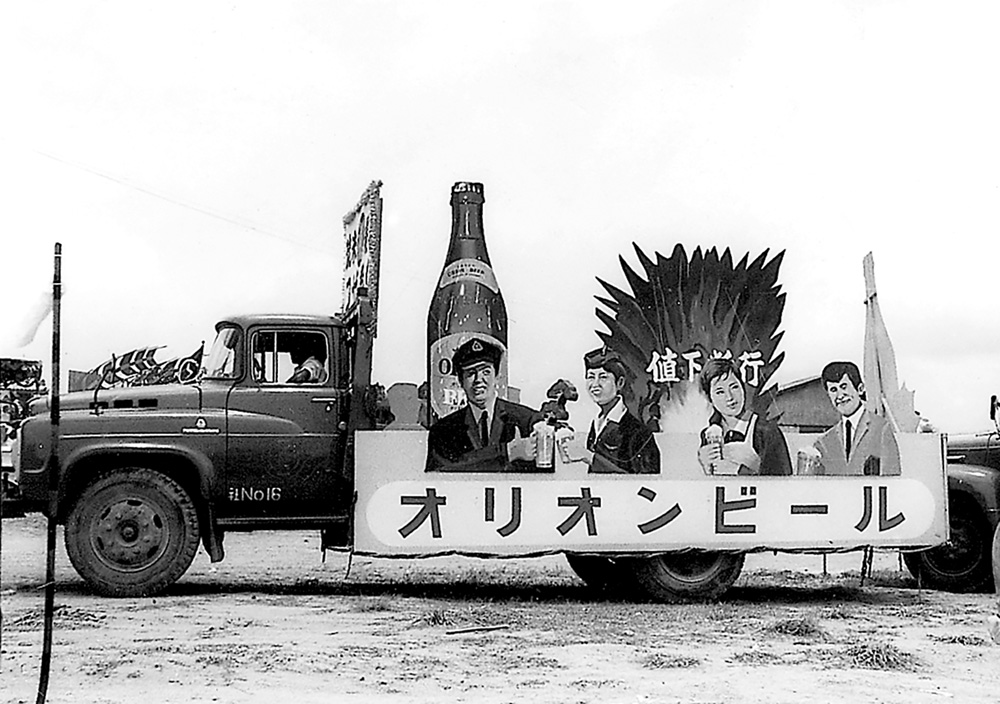
Founded in 1957 as the Okinawa Beer Co. Ltd., the brewery was renamed Orion in 1959. Although its strong local roots enabled it to […]
Copyright © 2025 | WordPress Theme by MH Themes